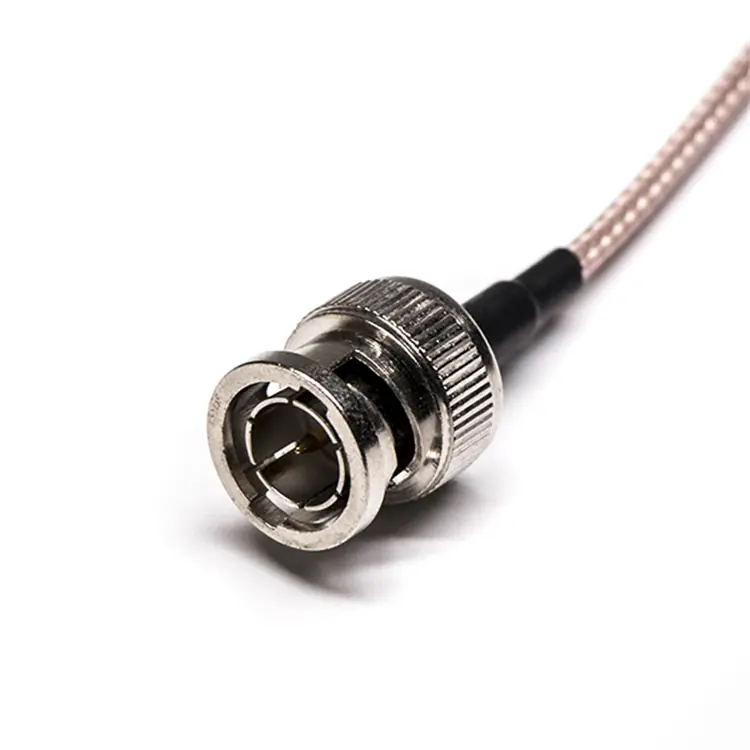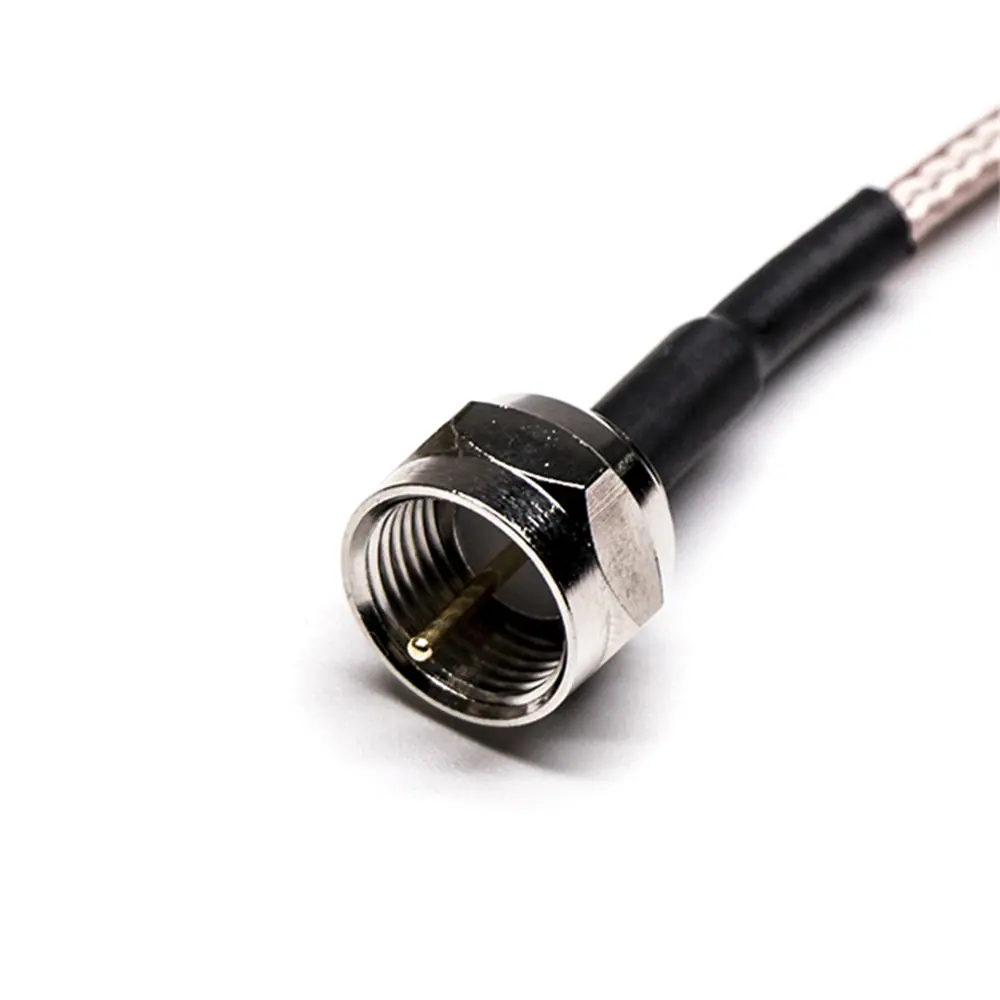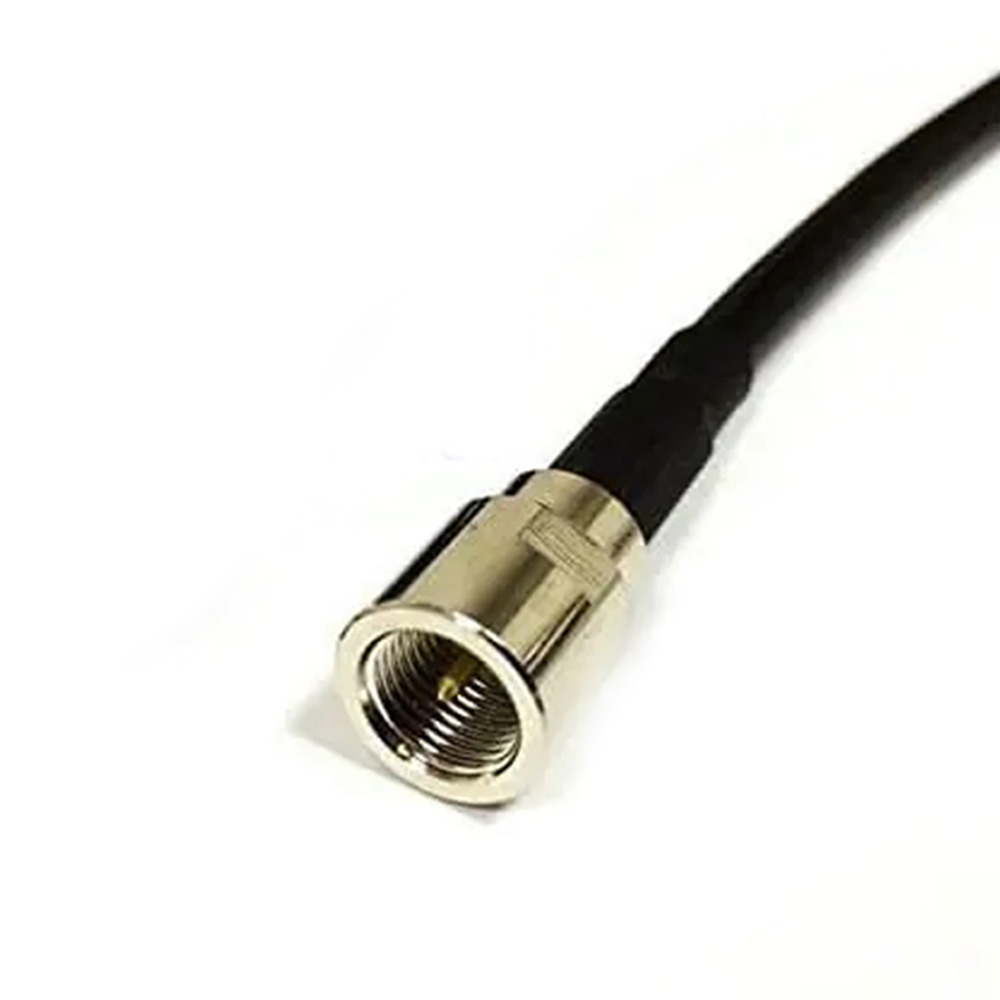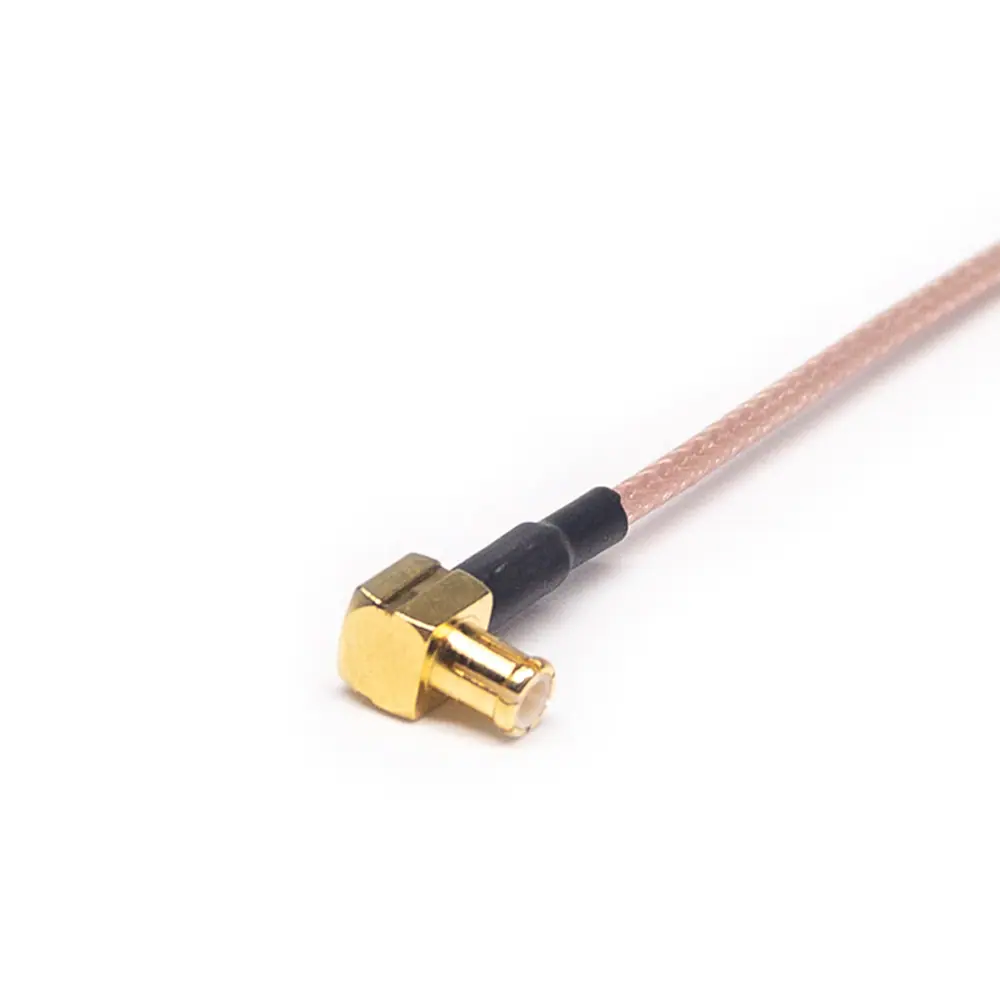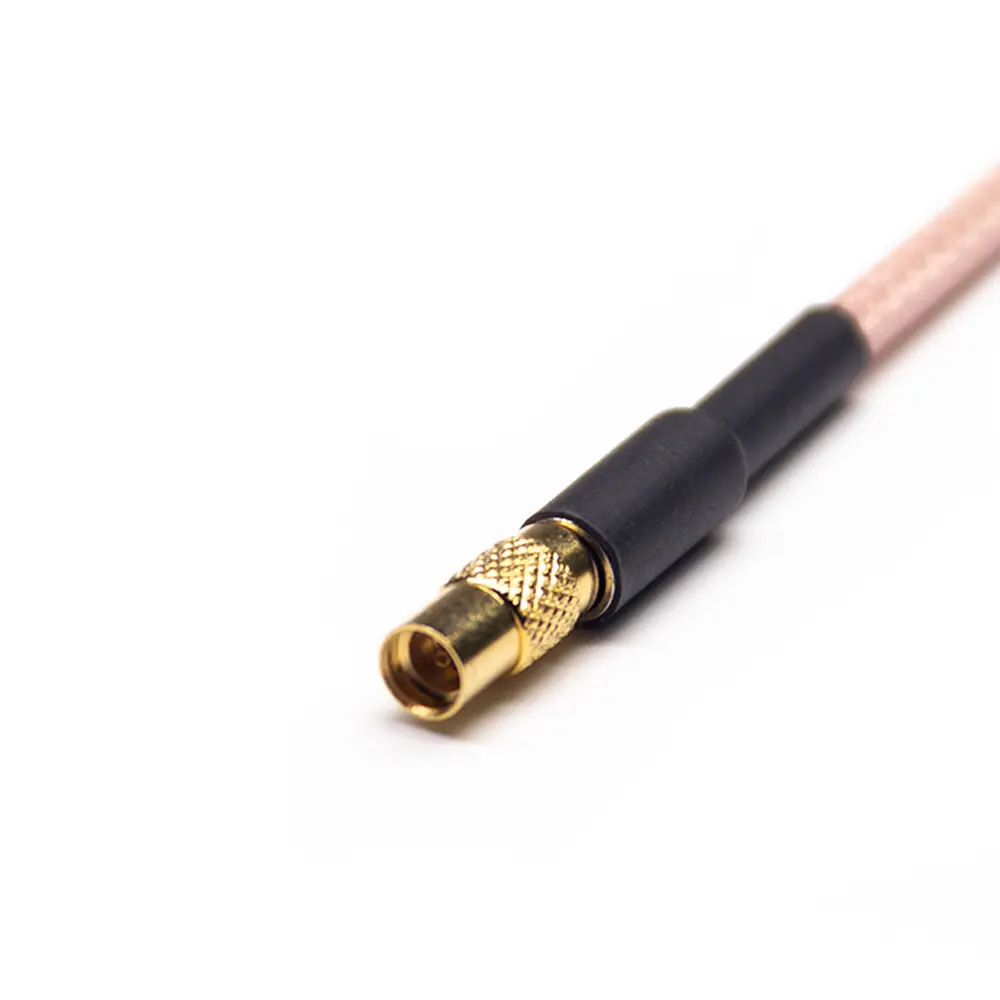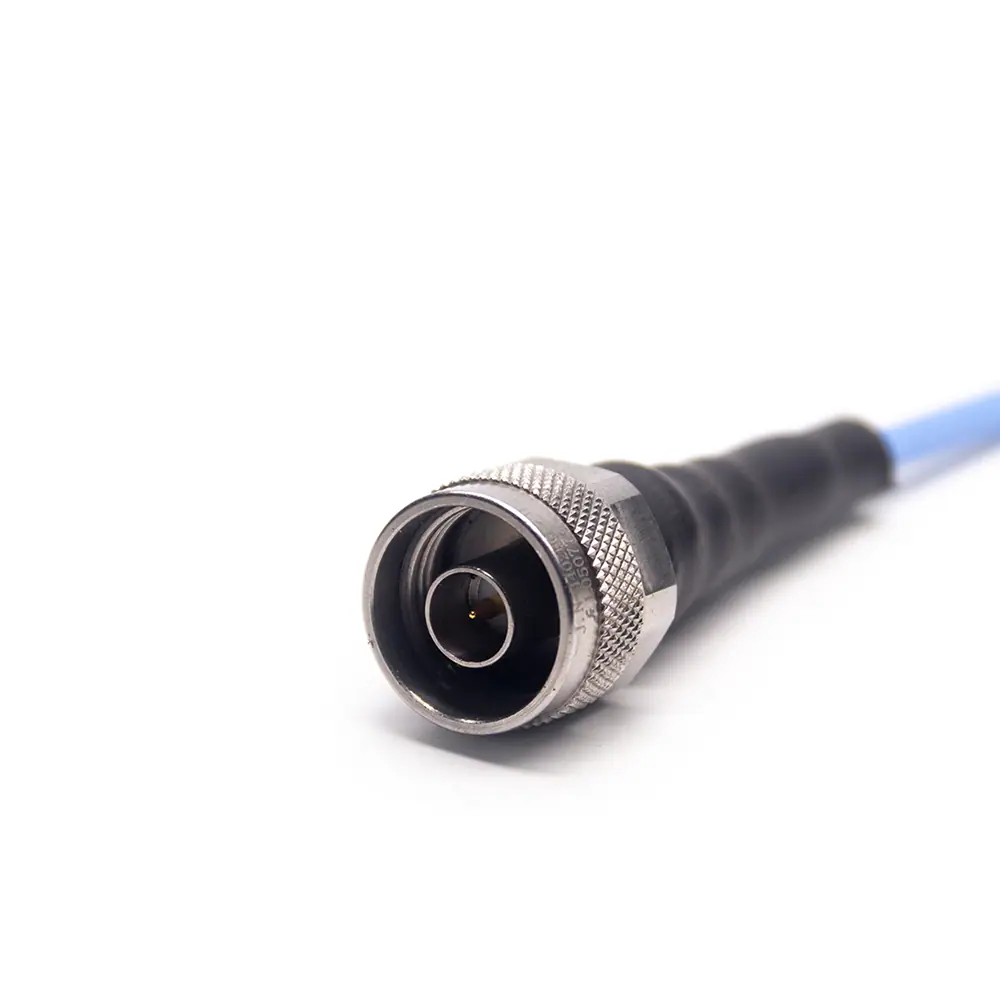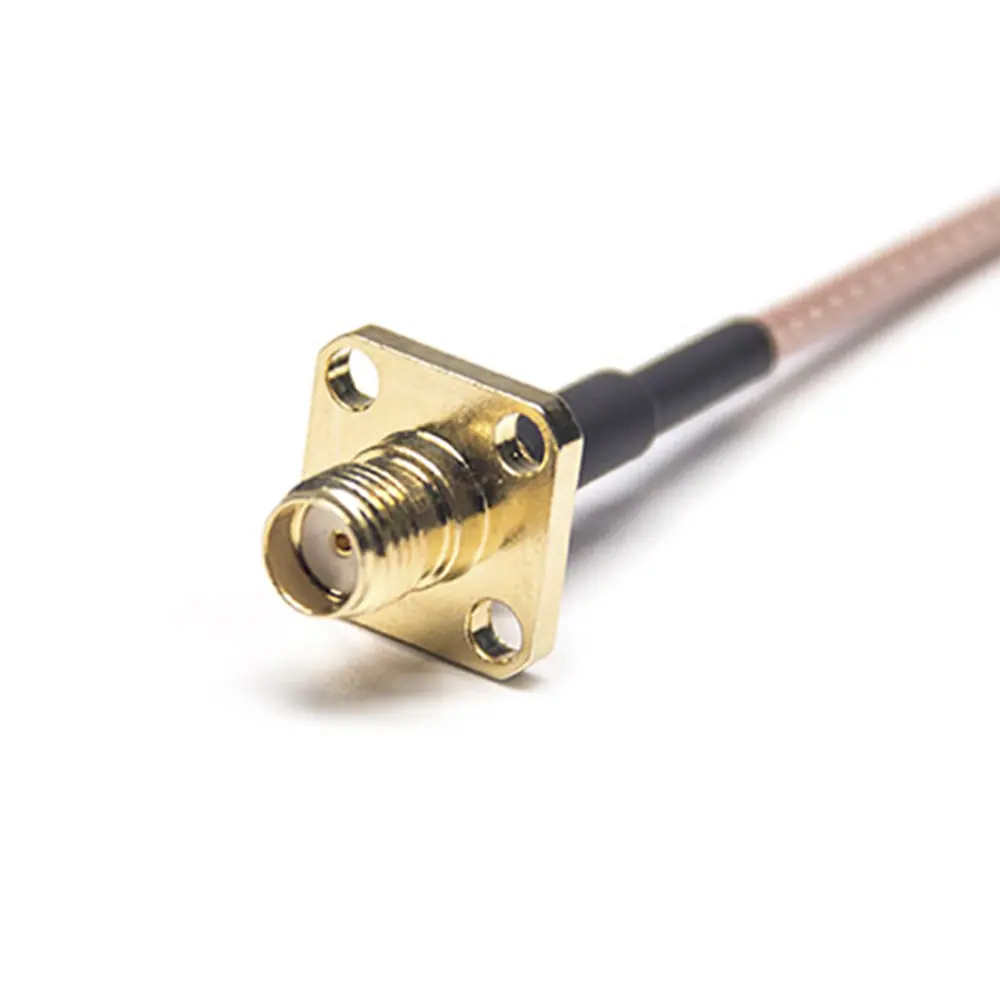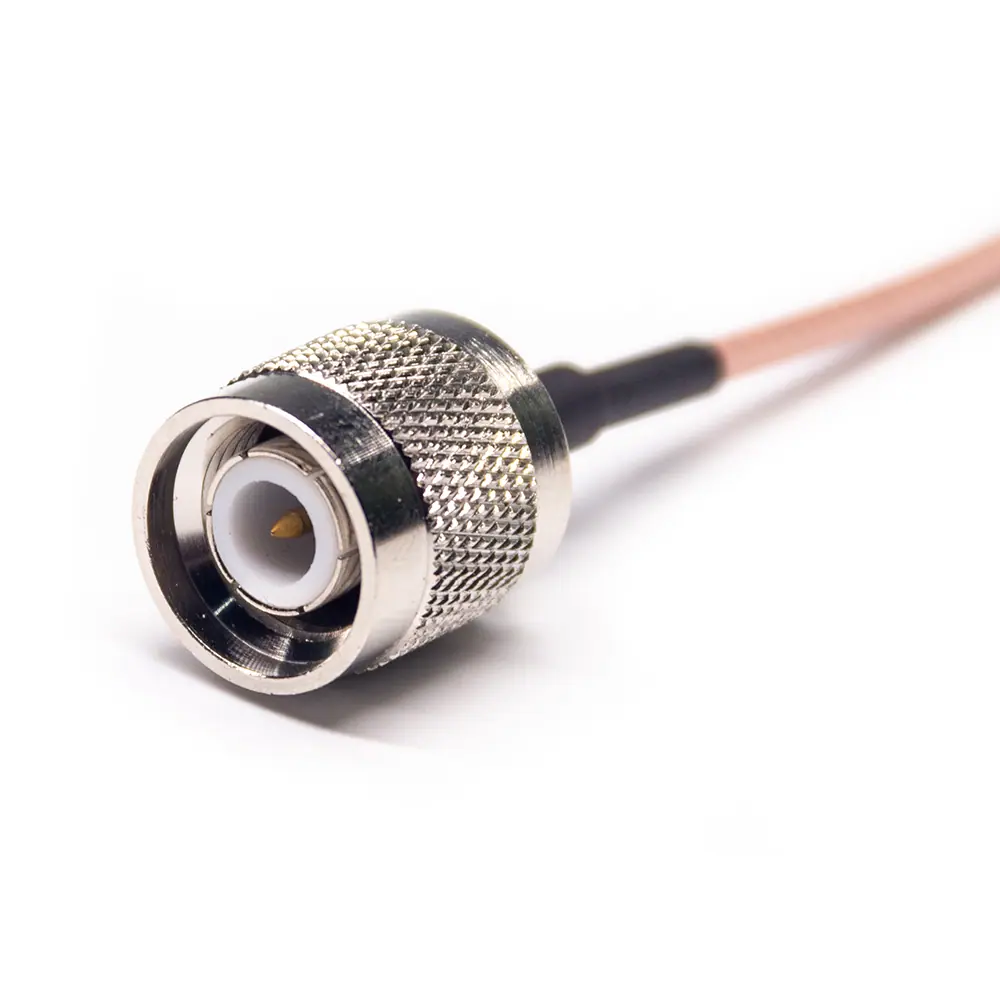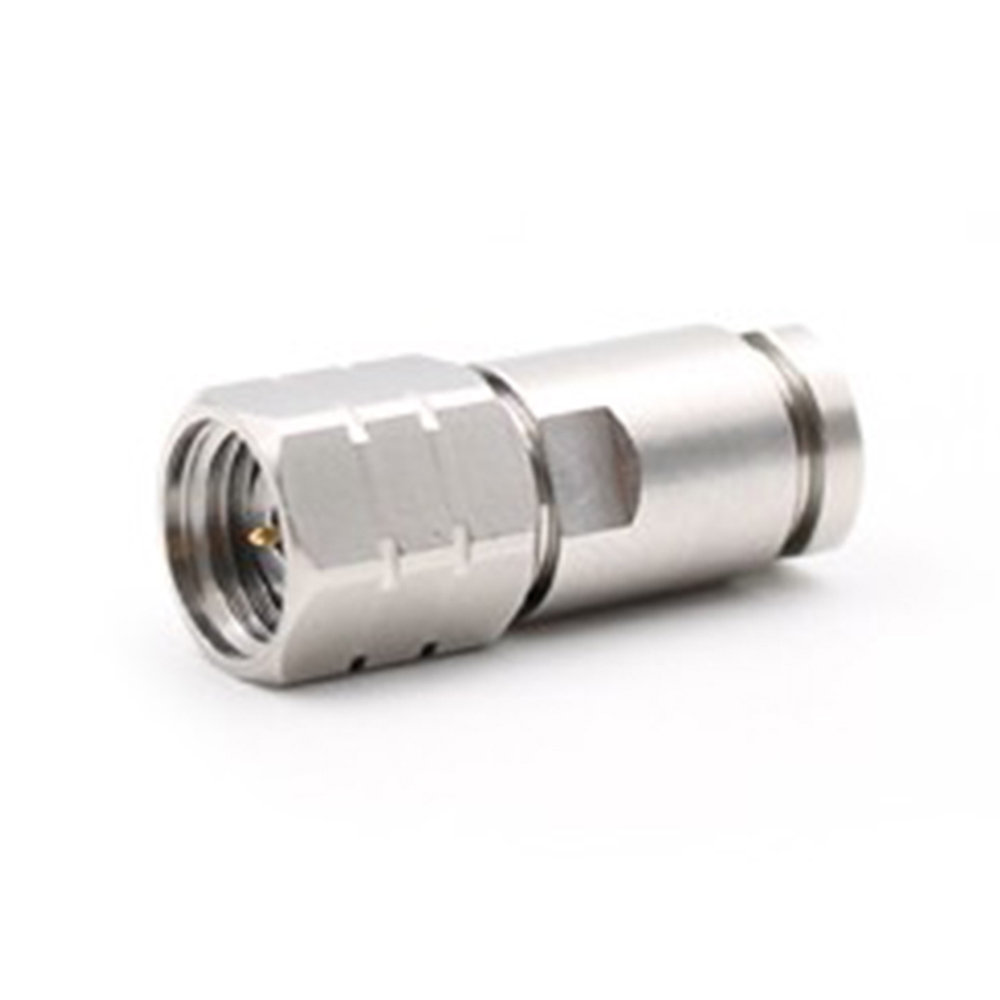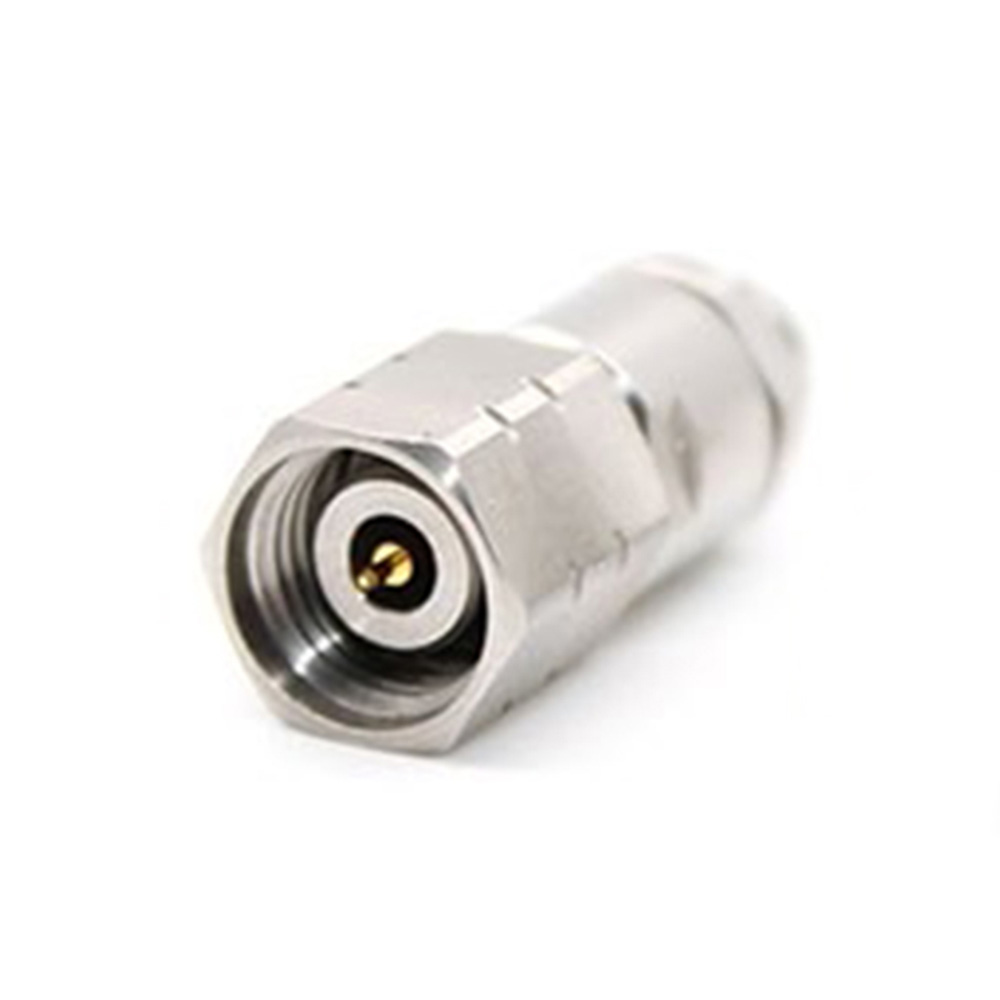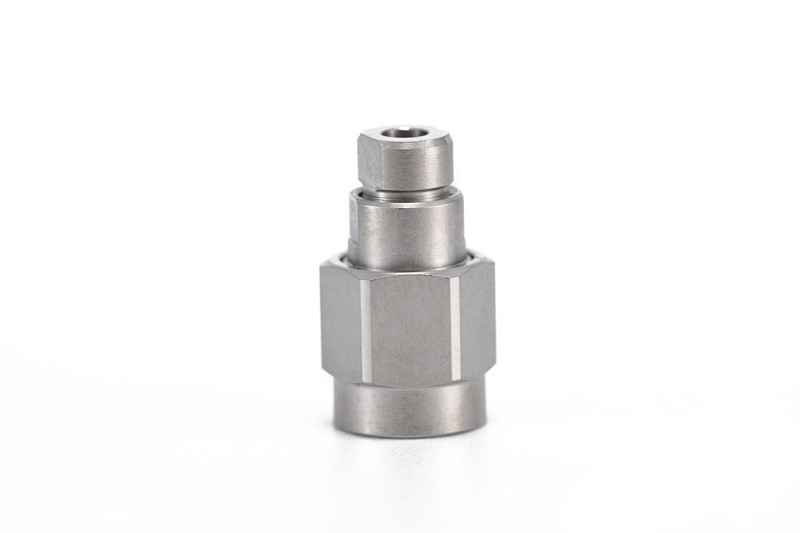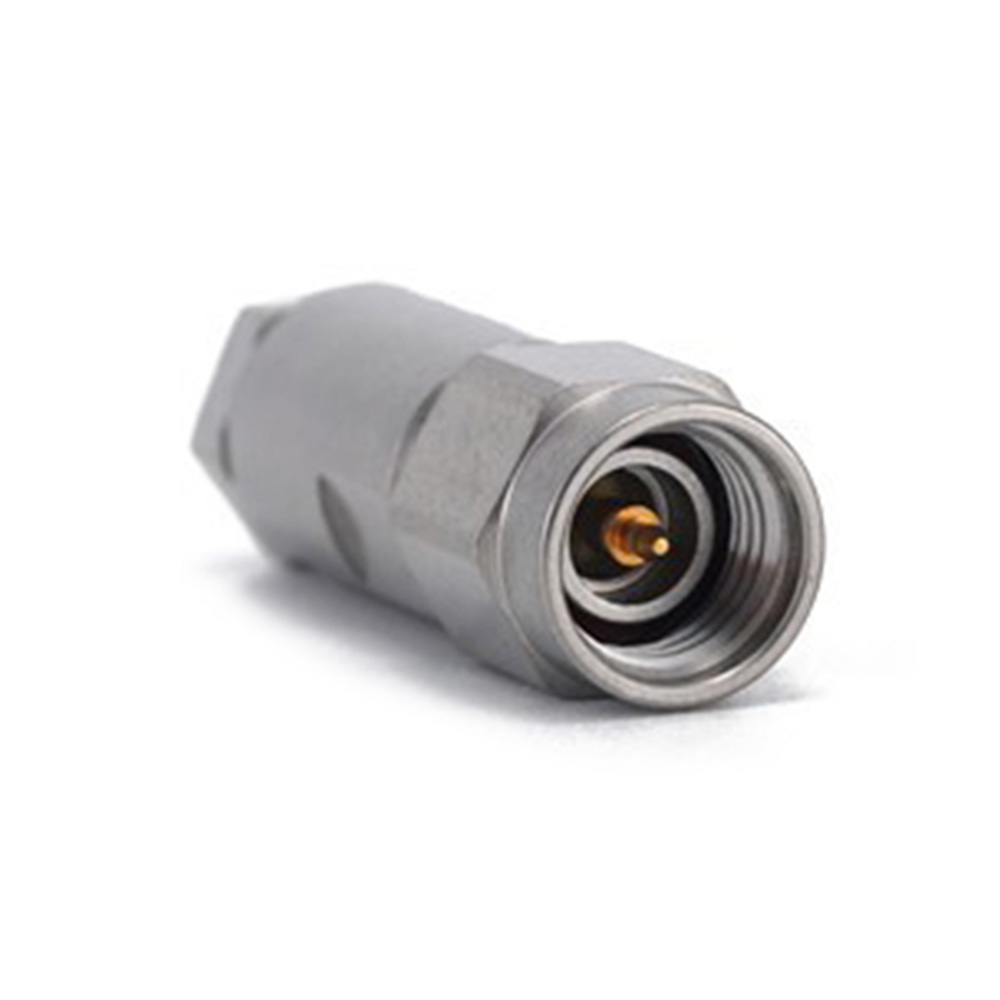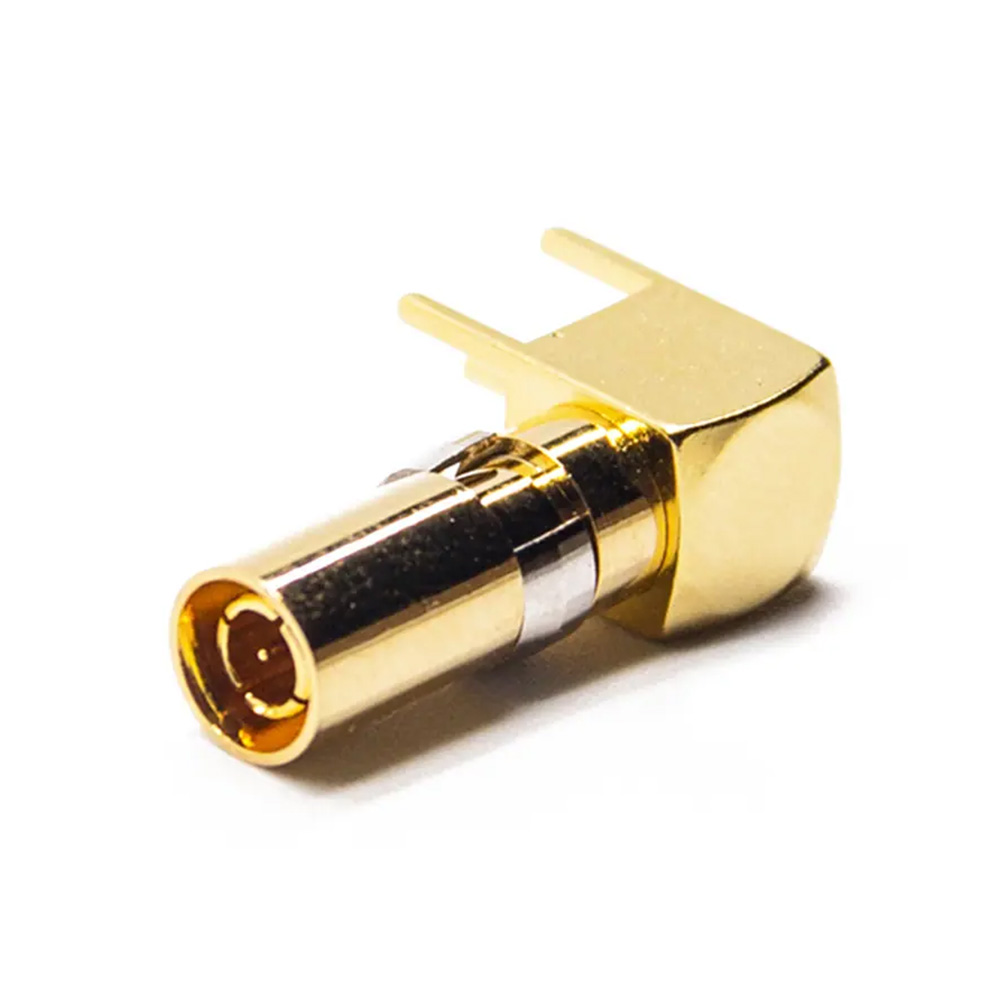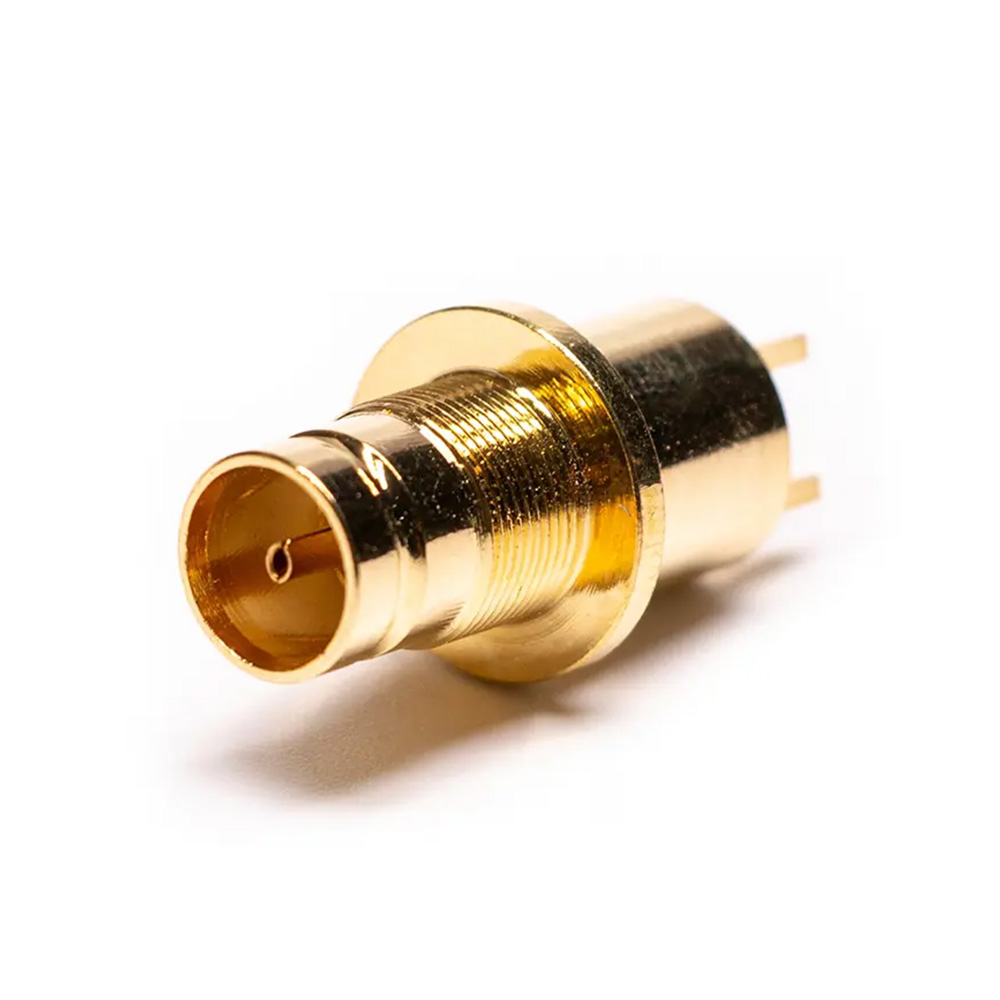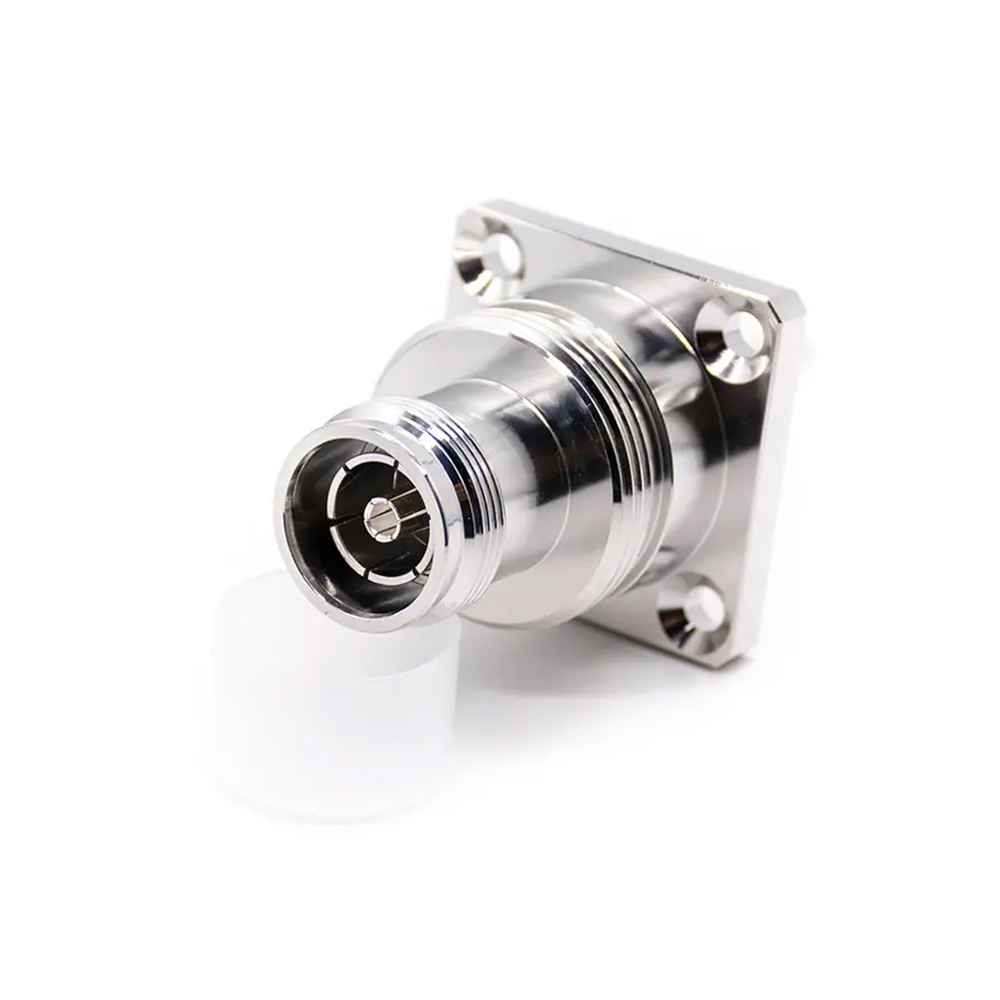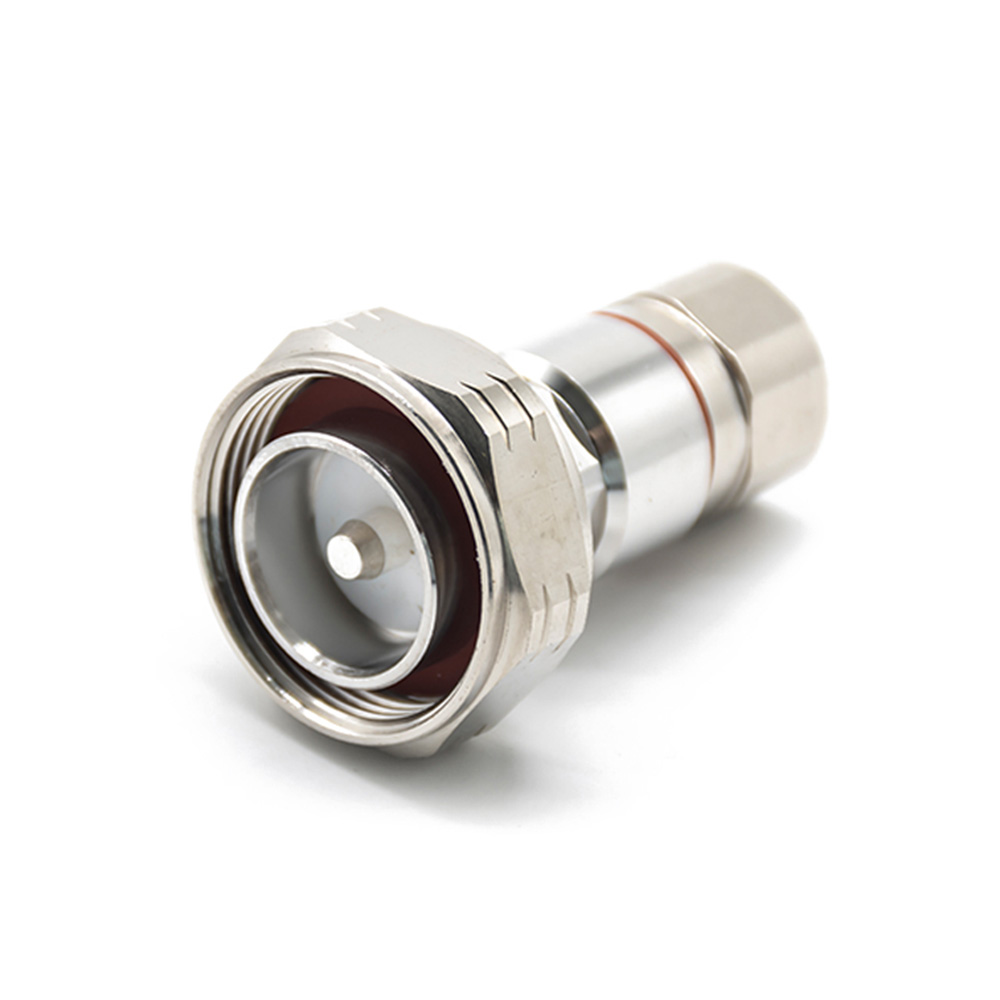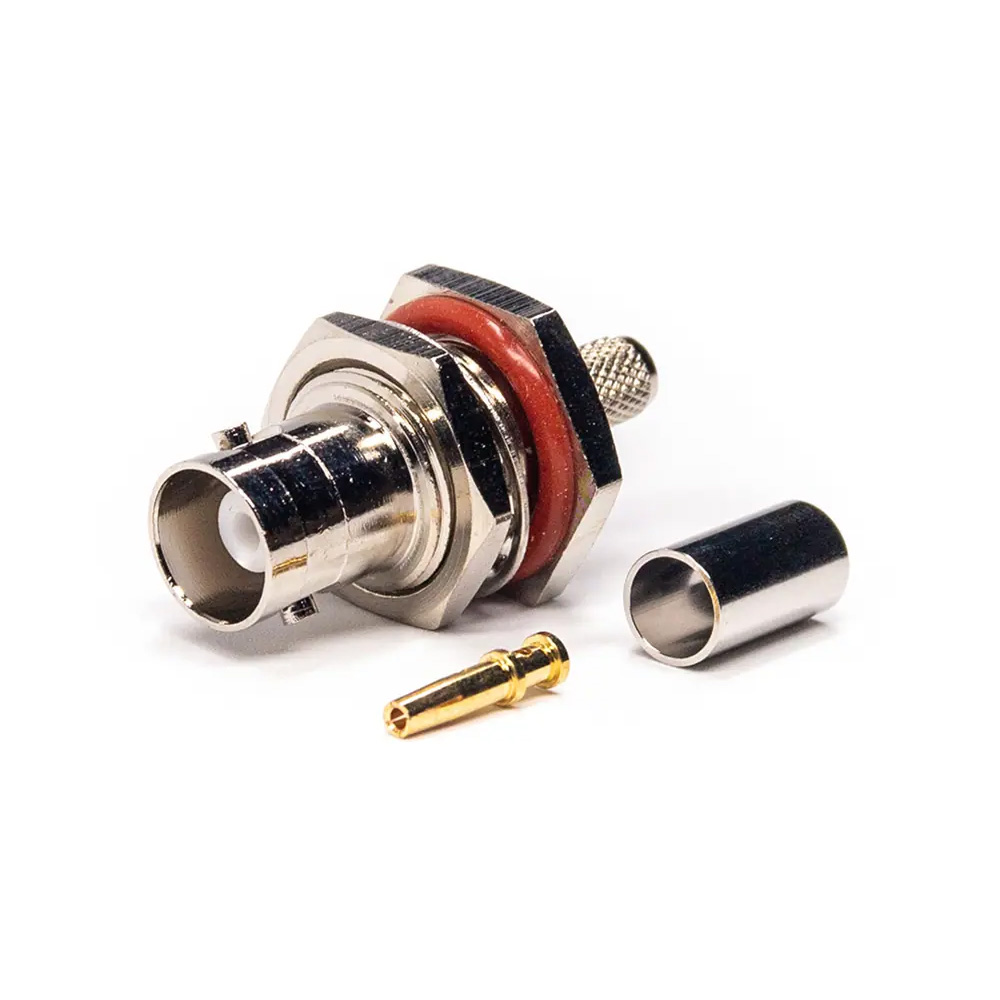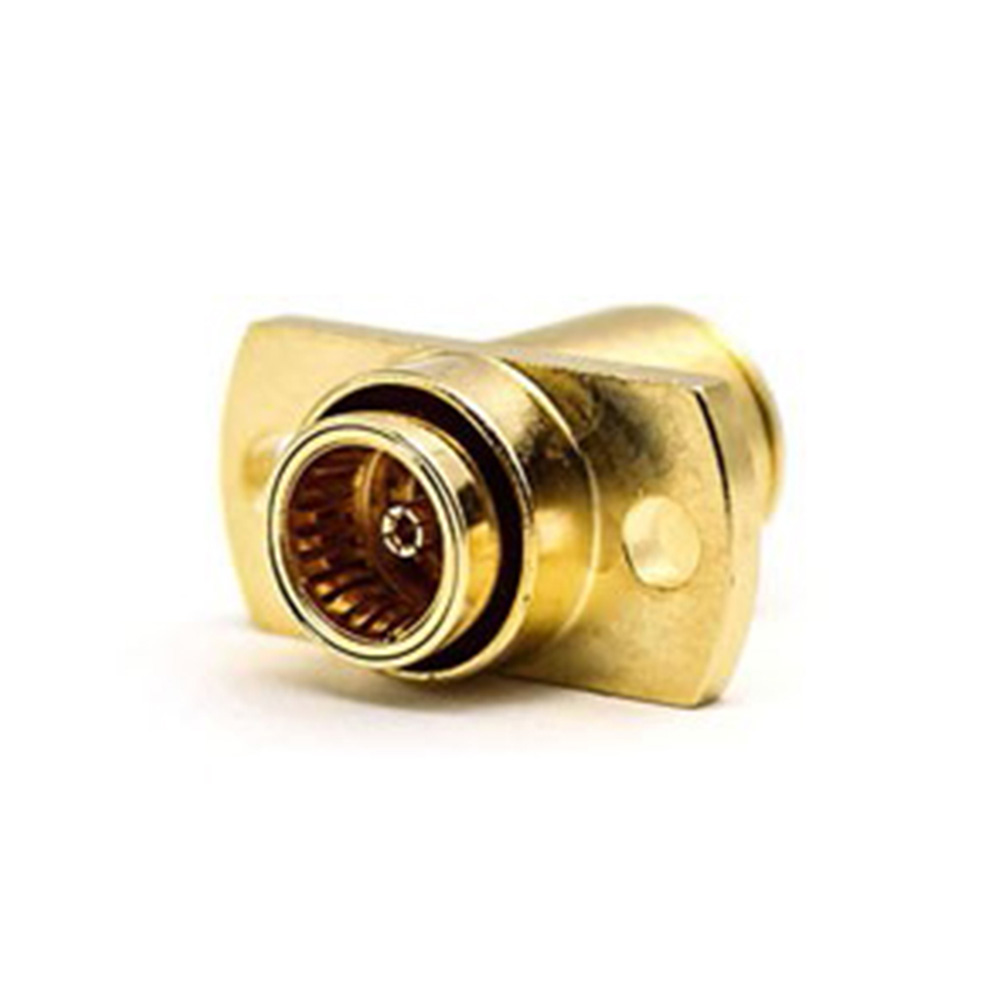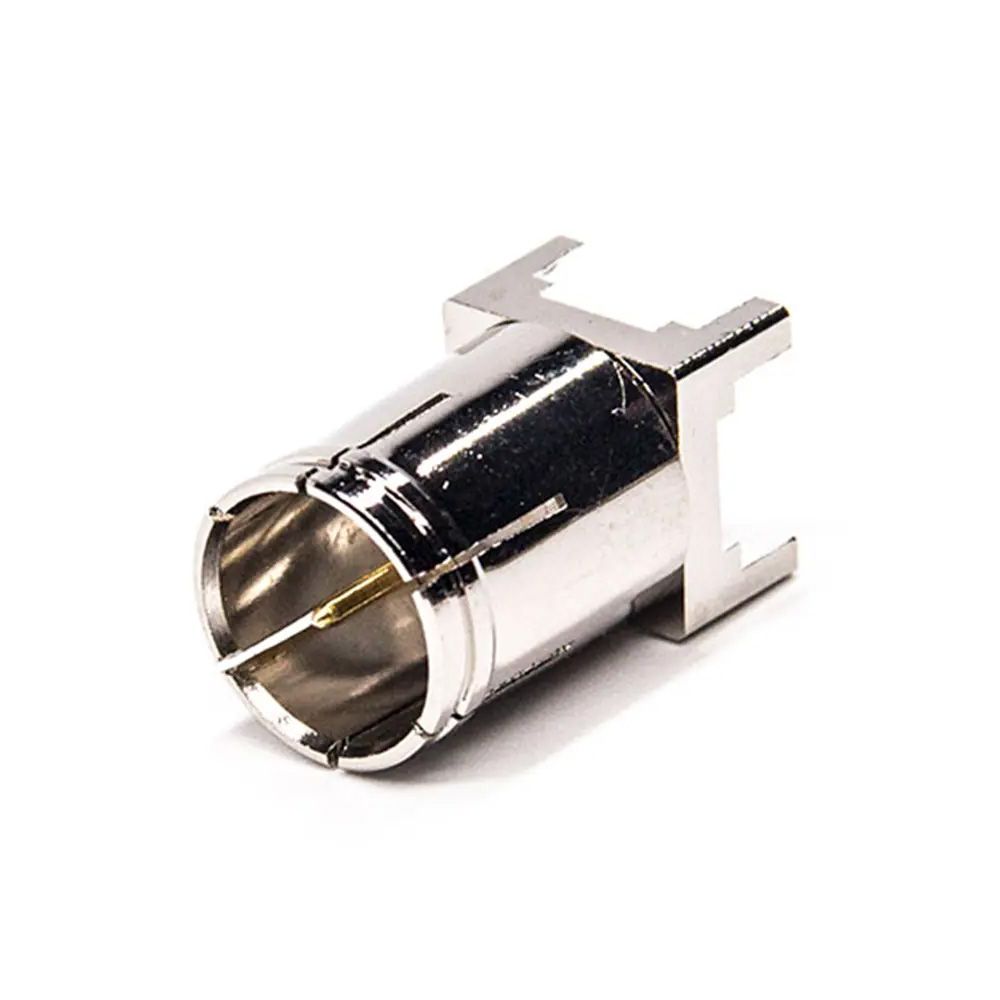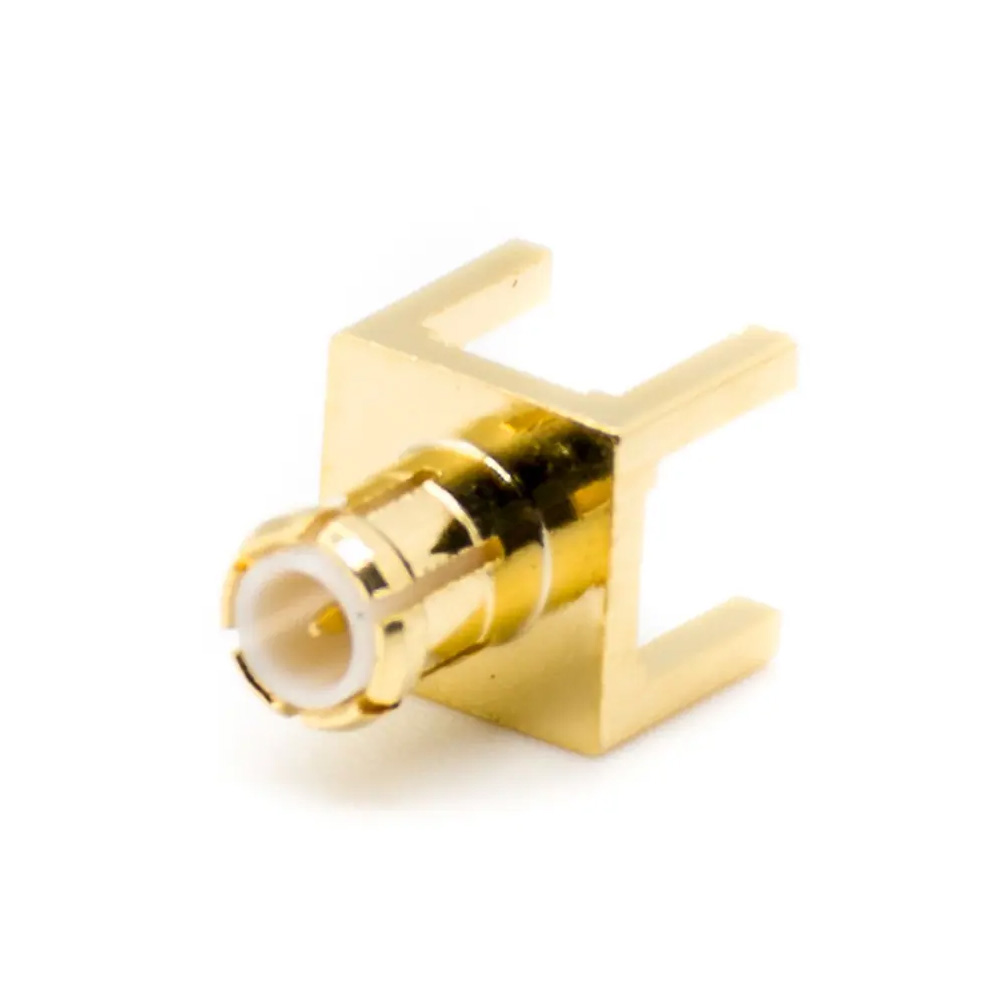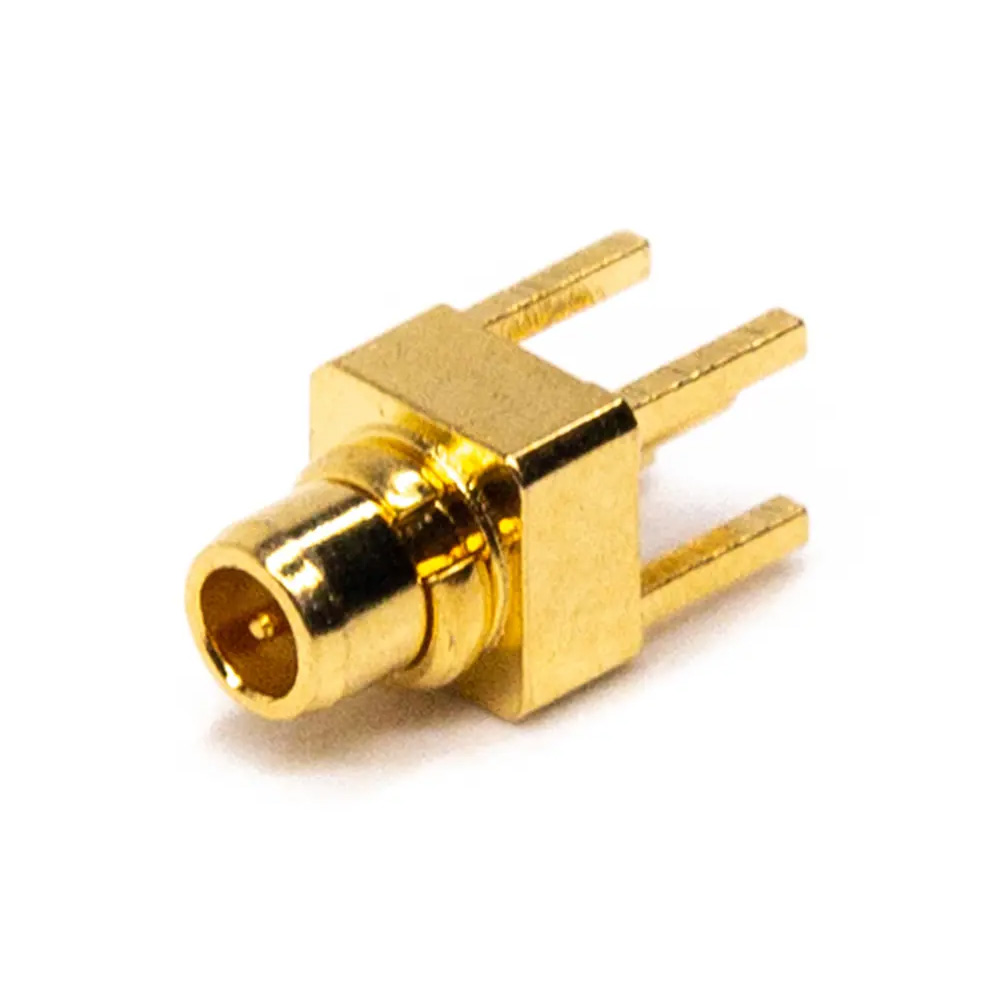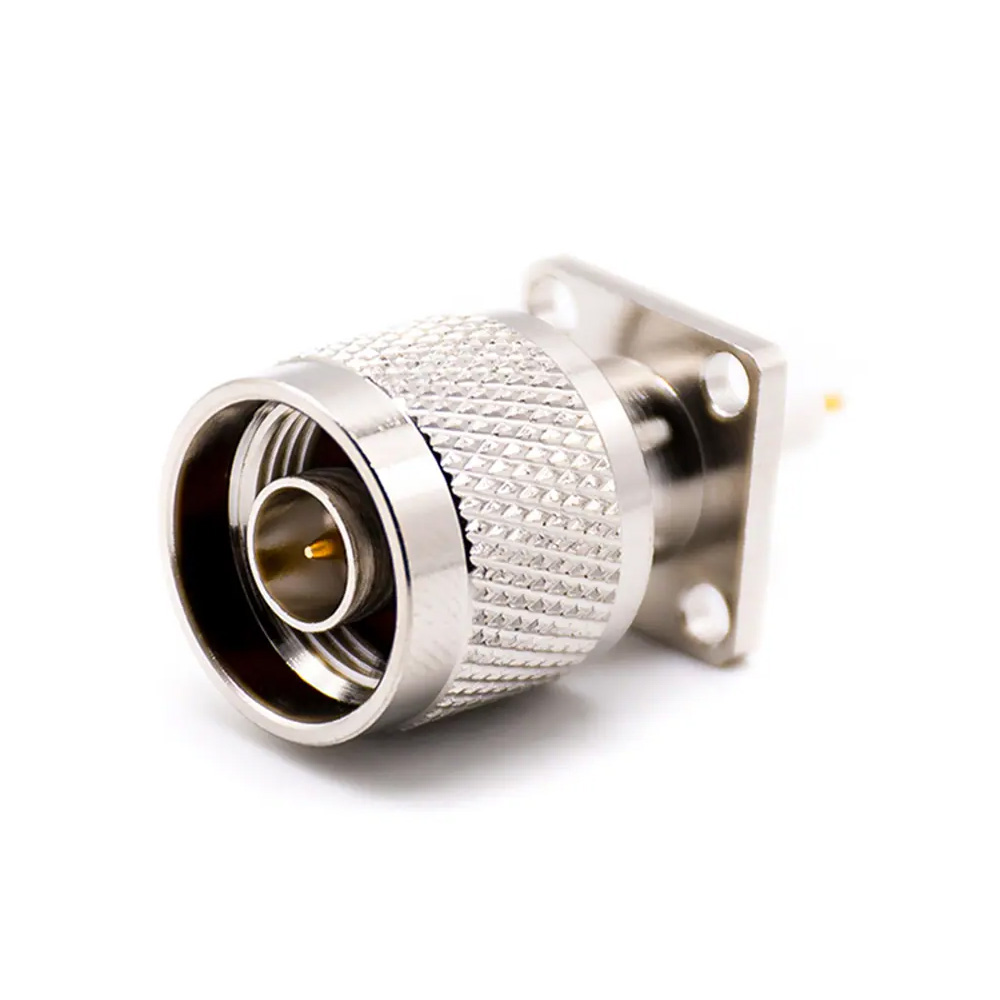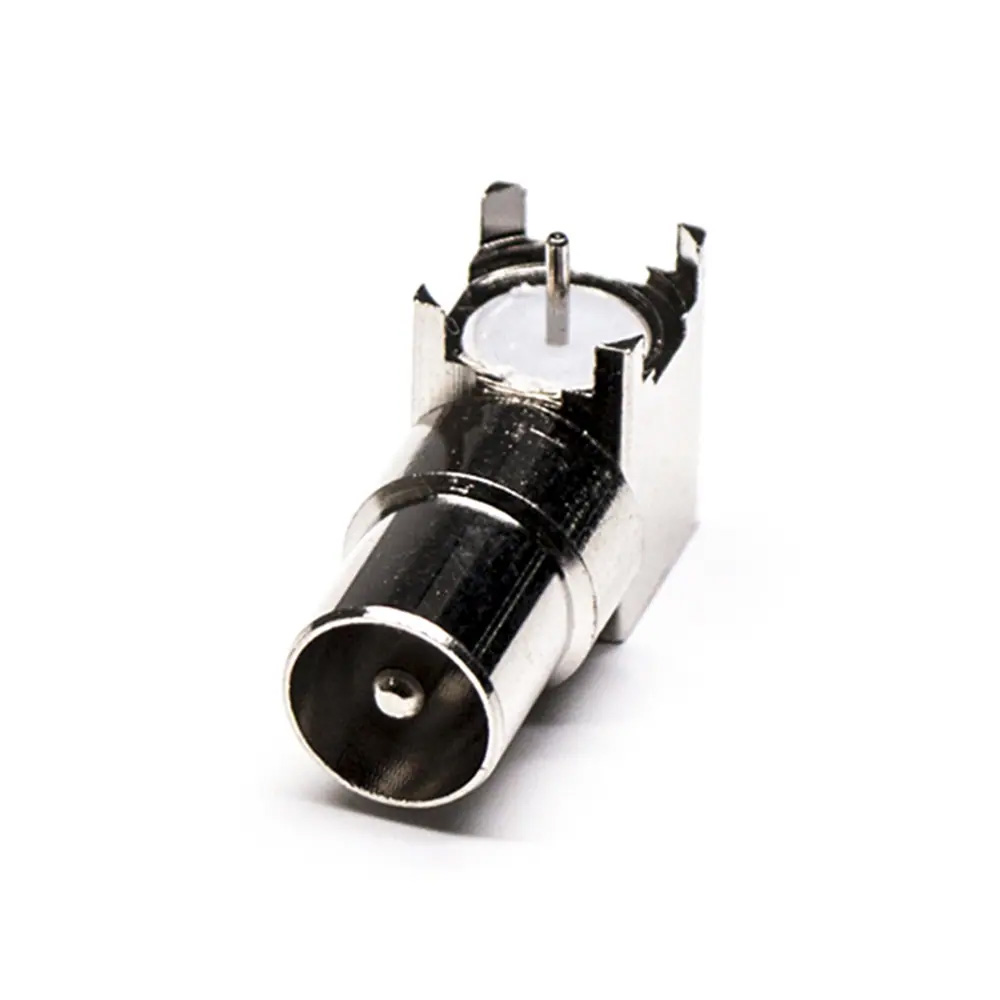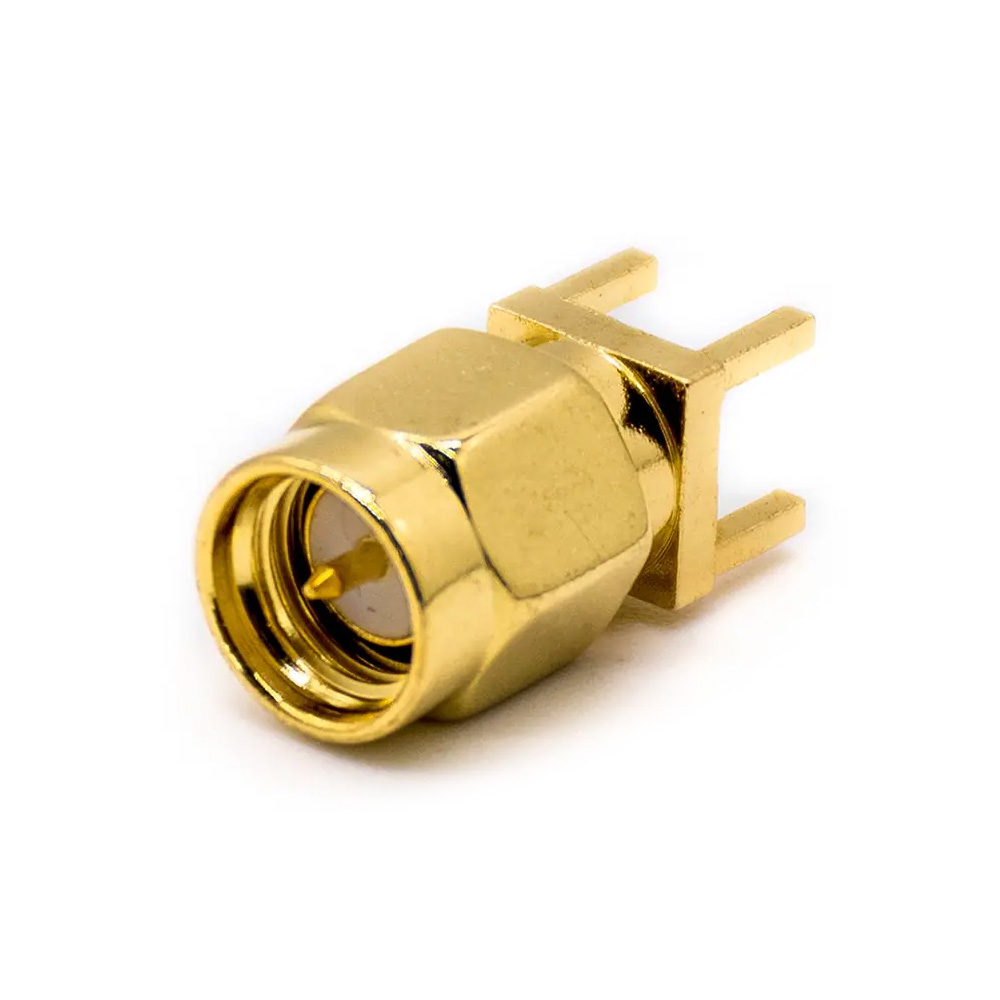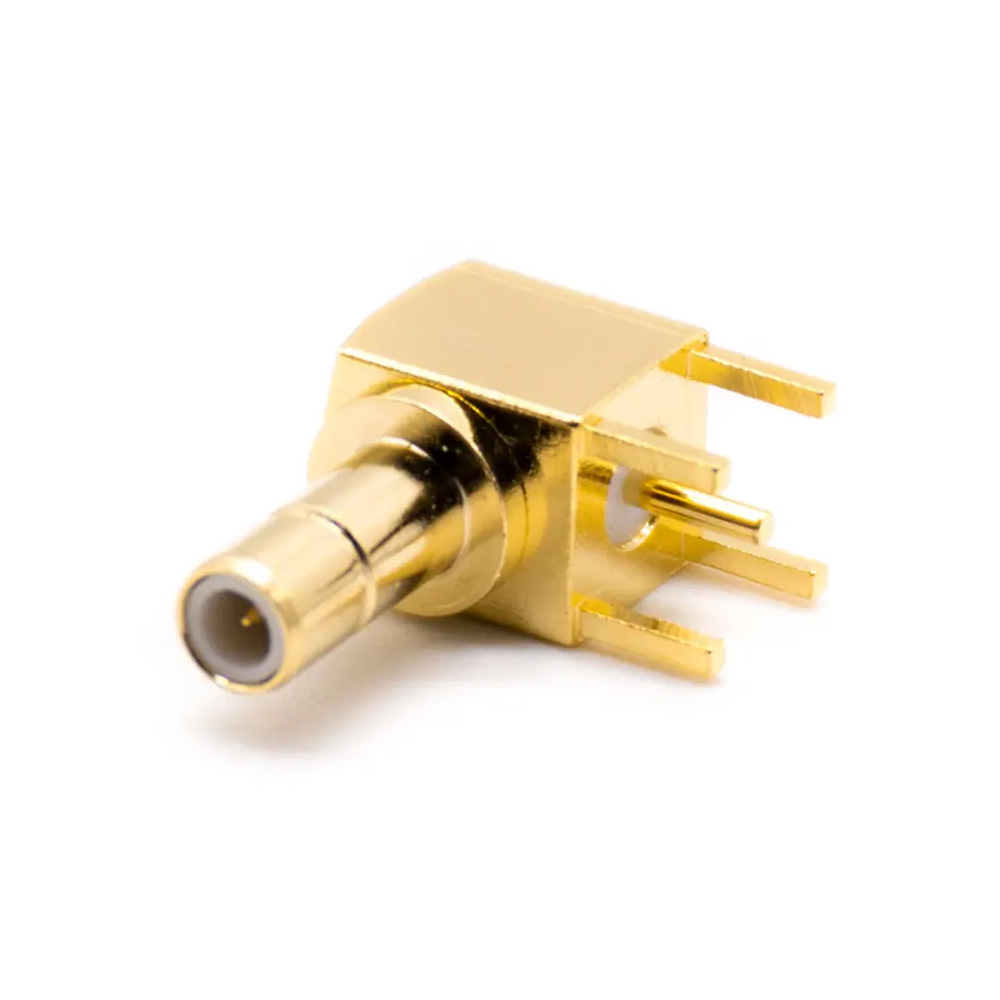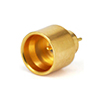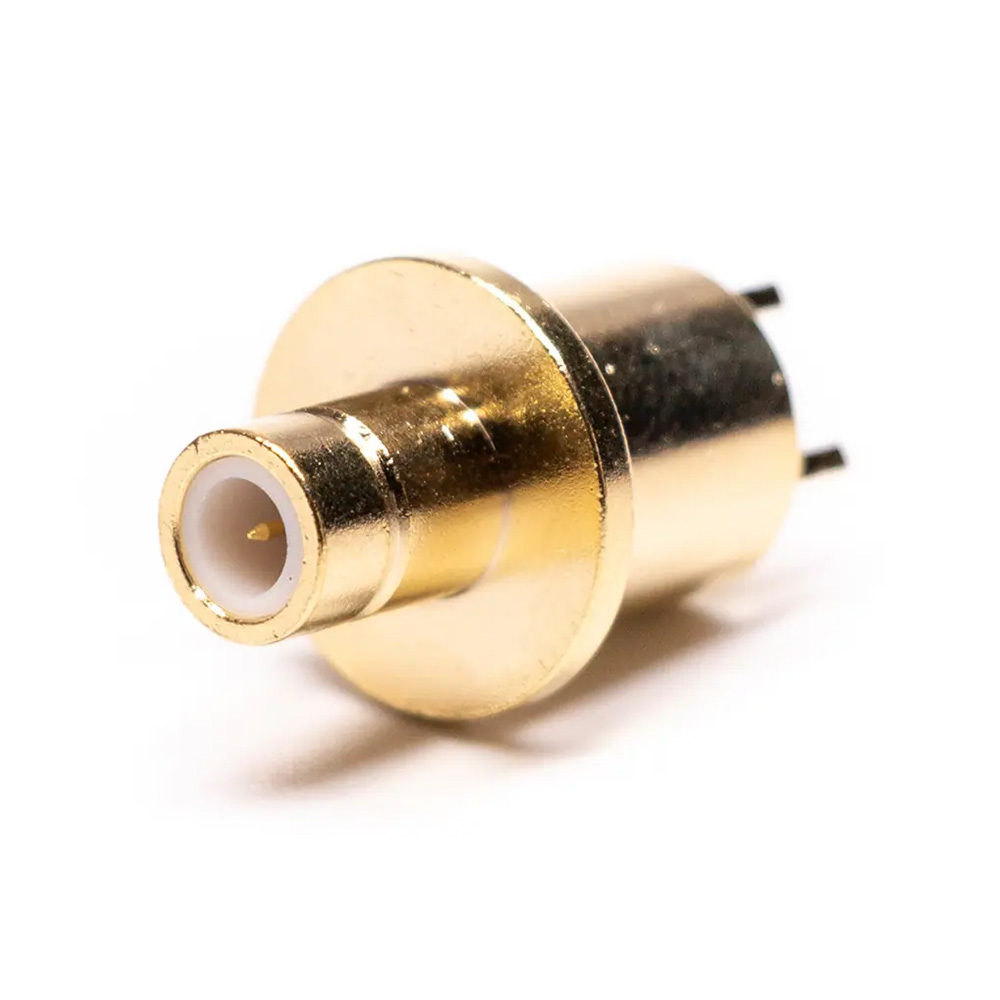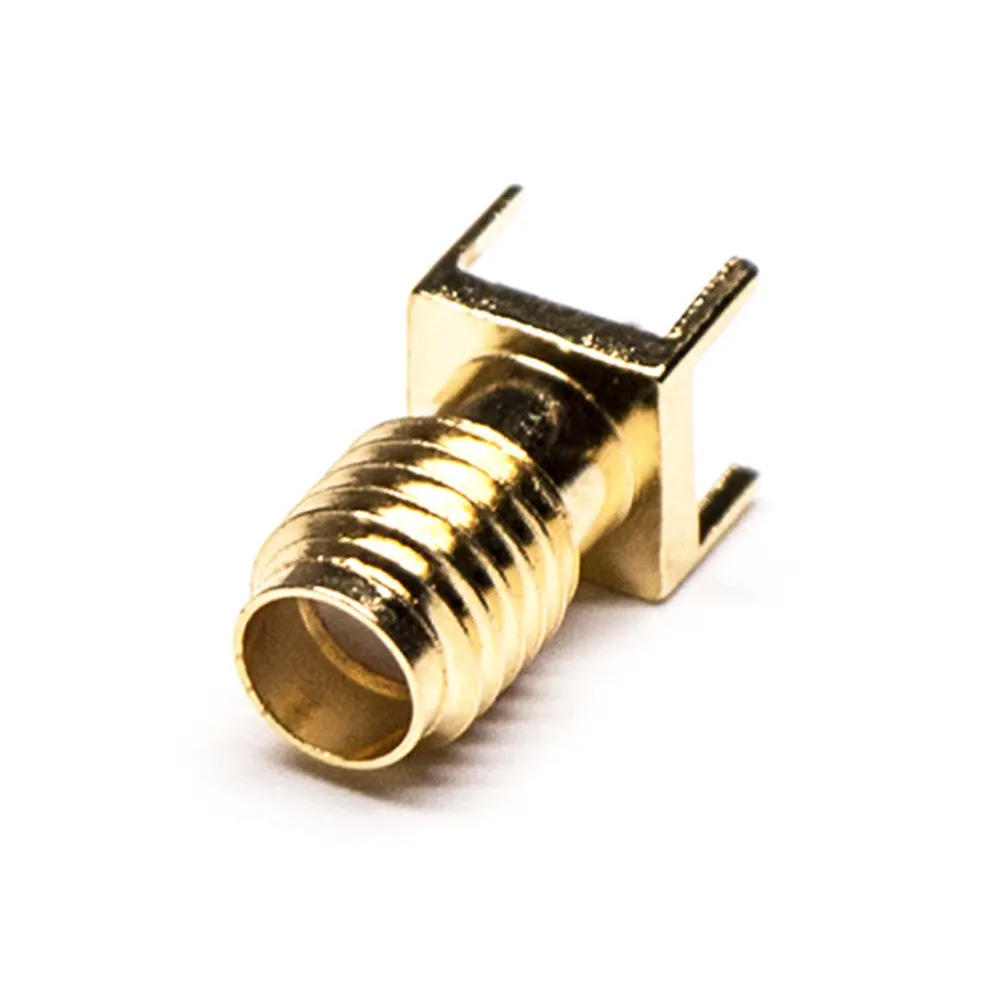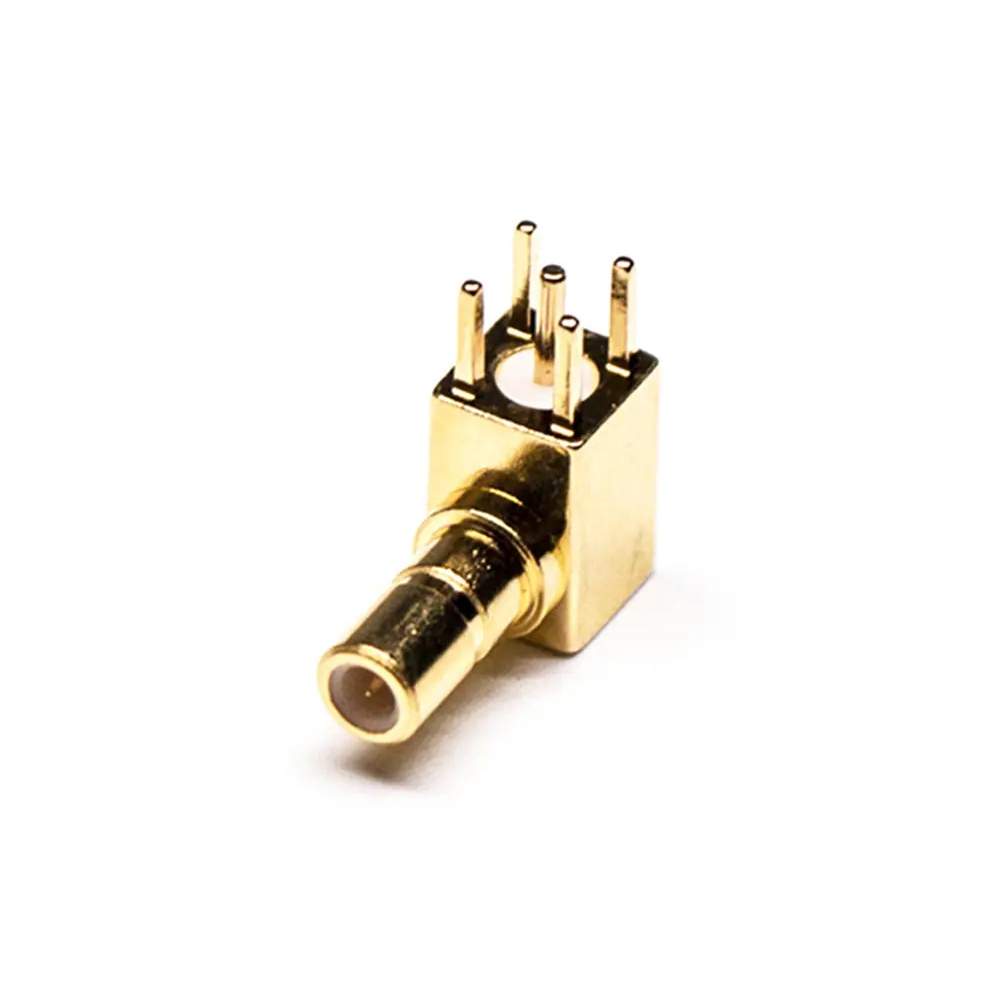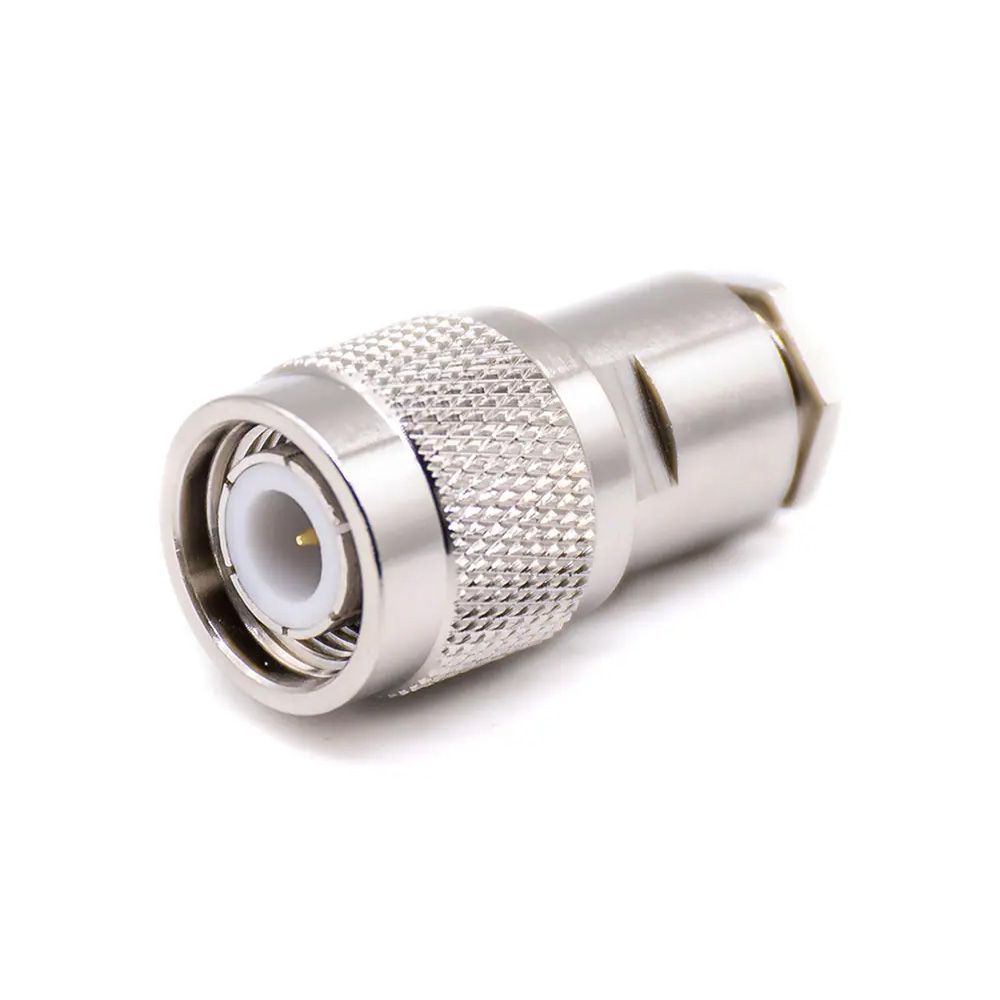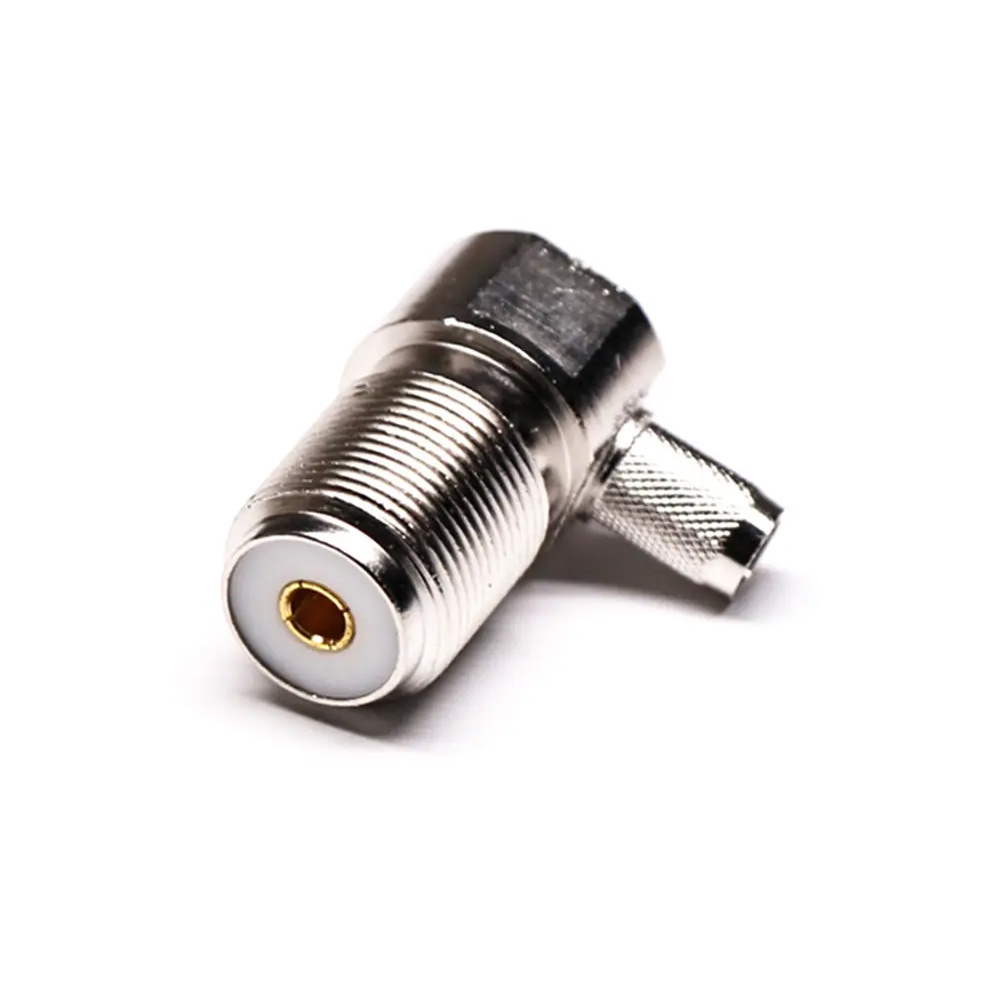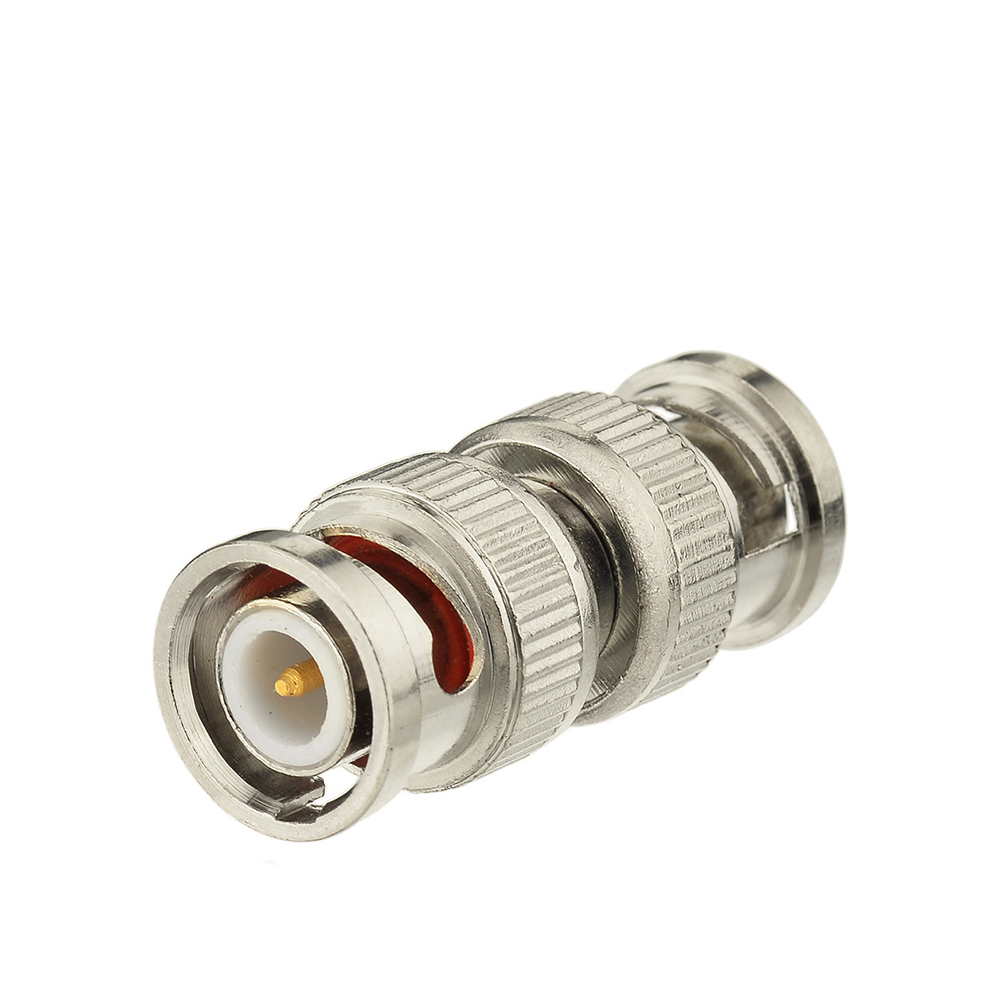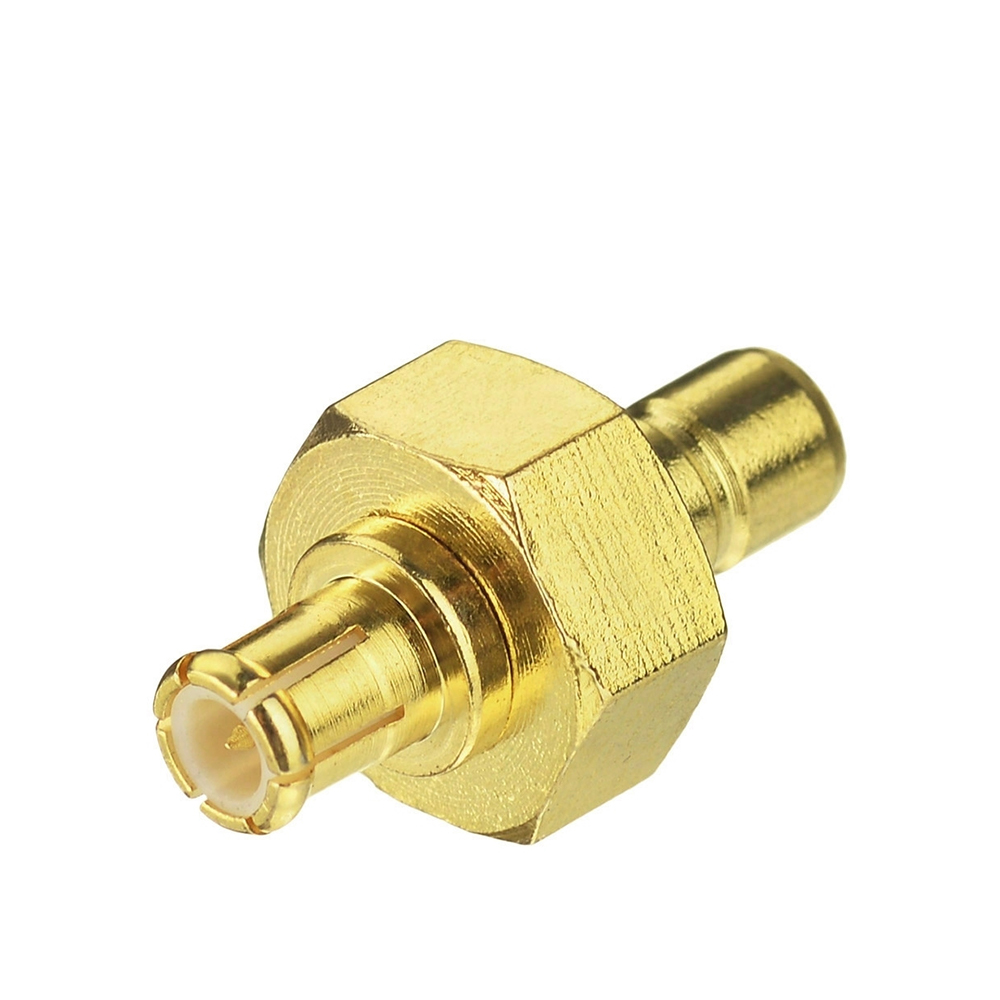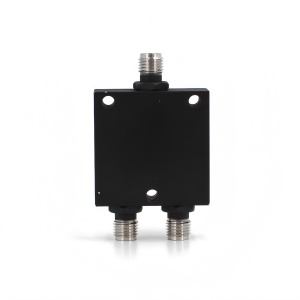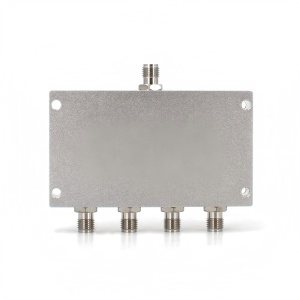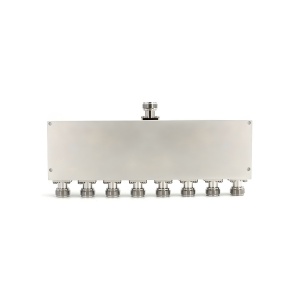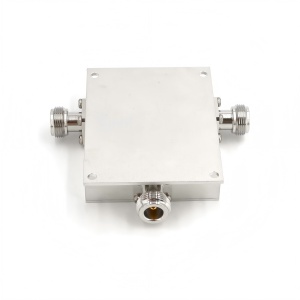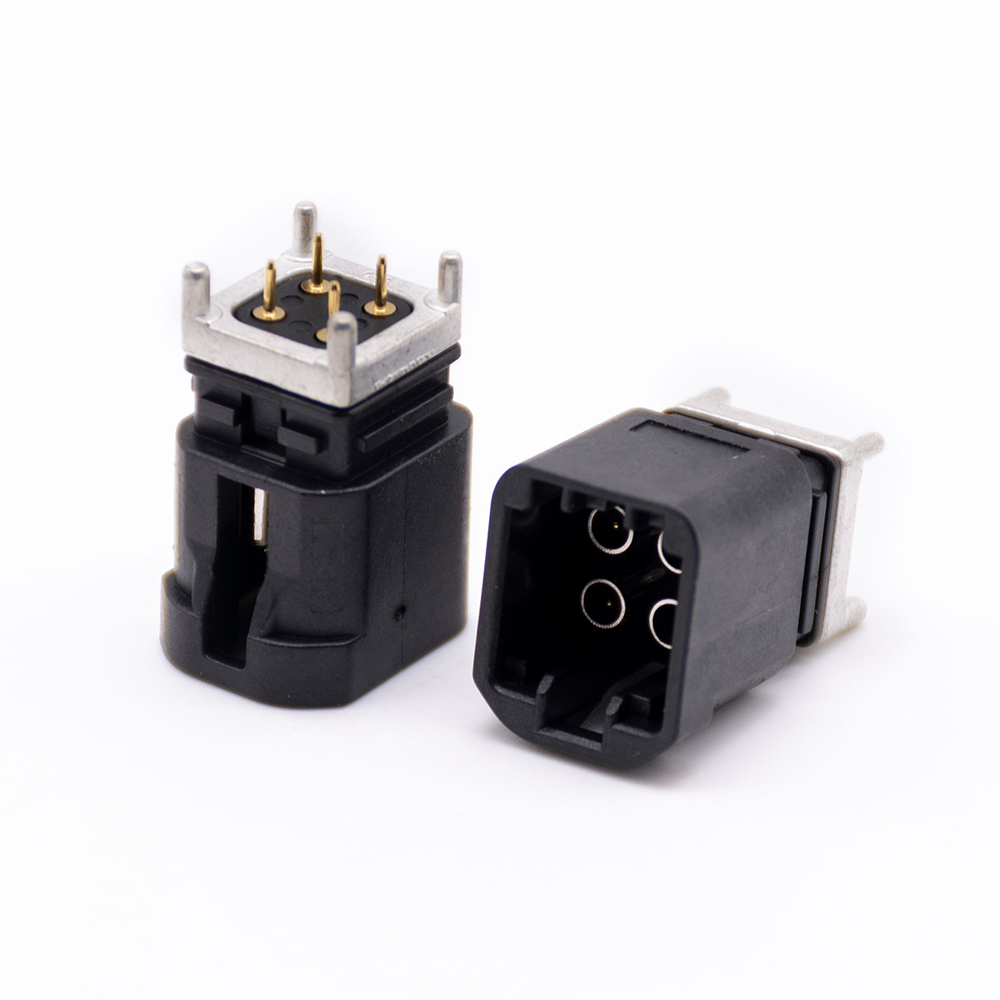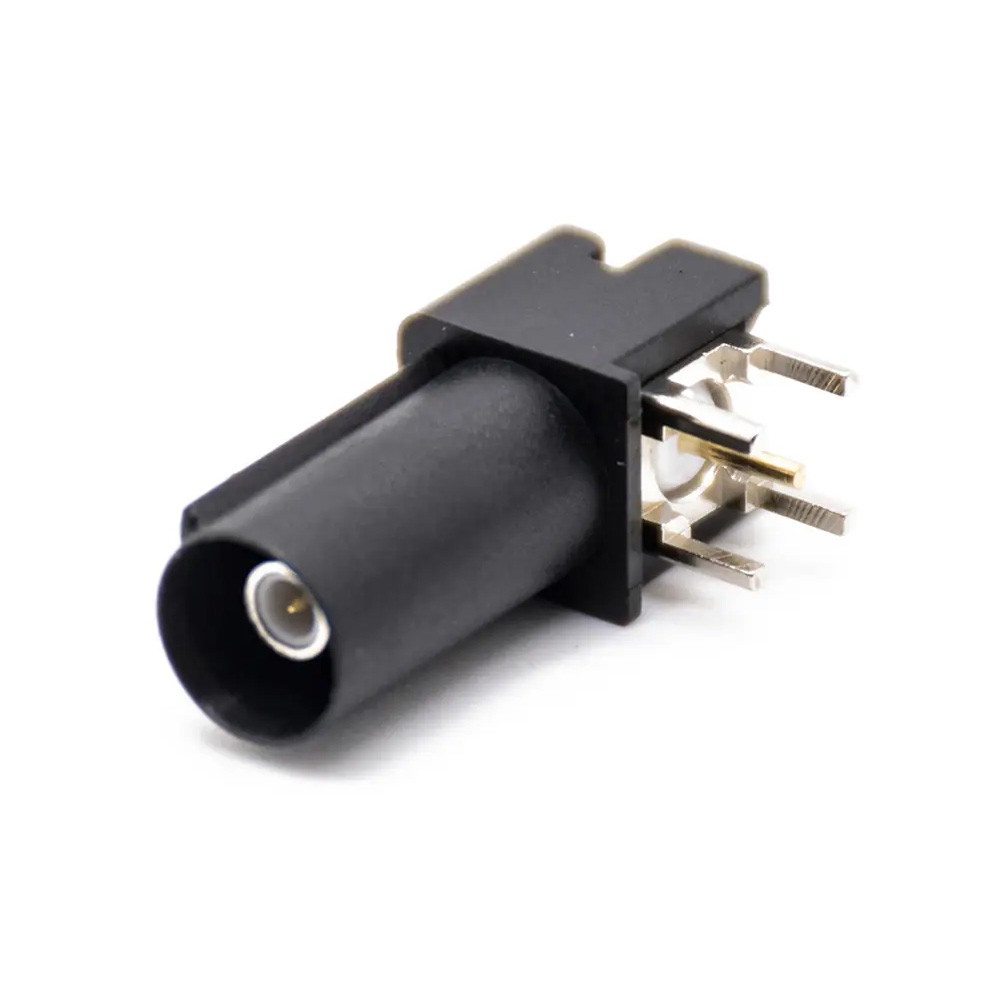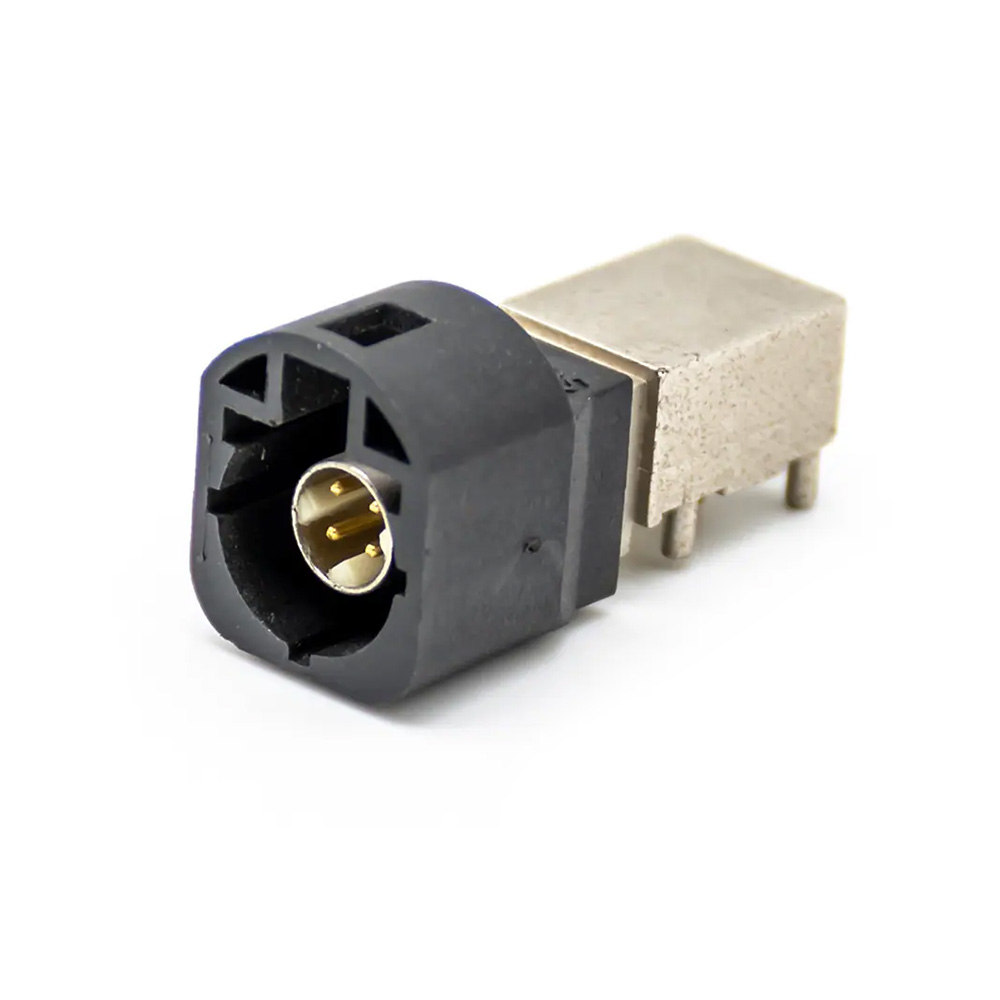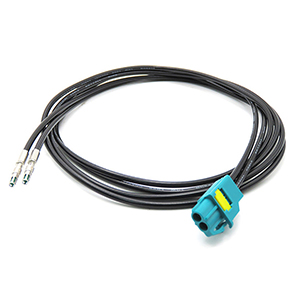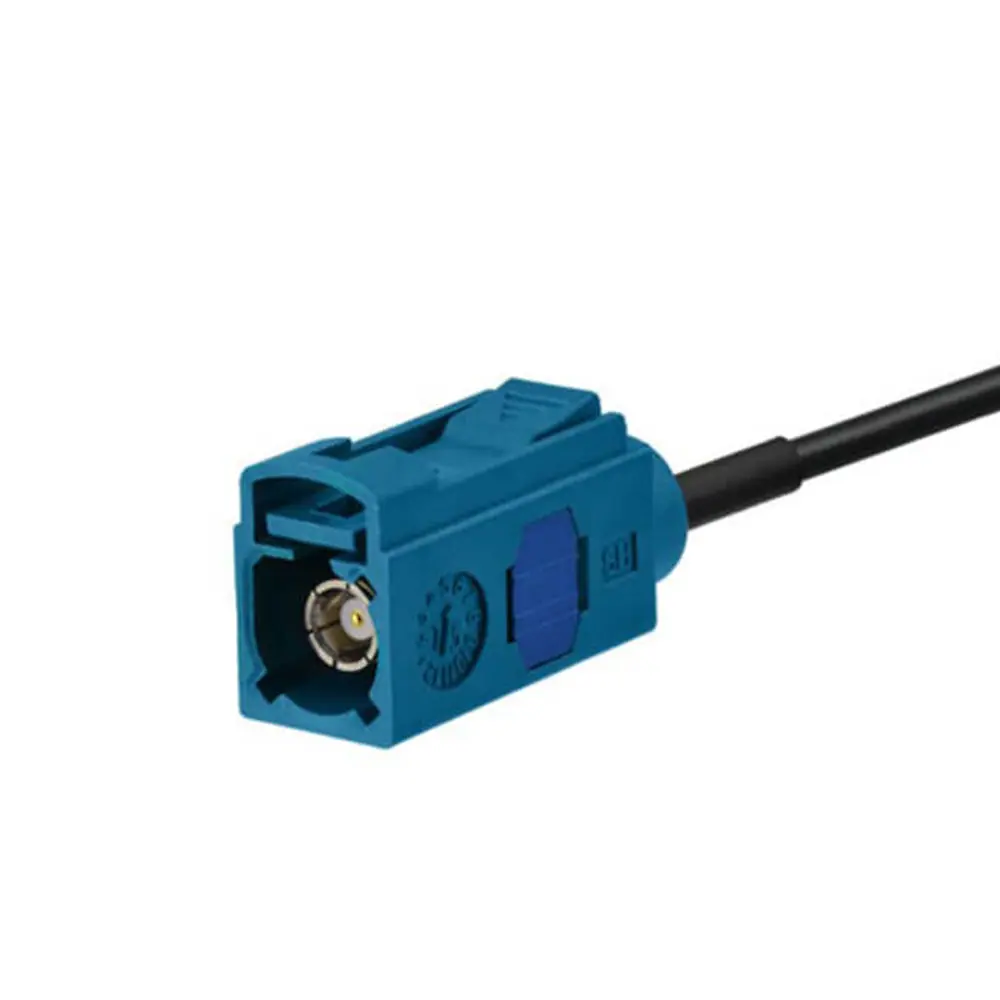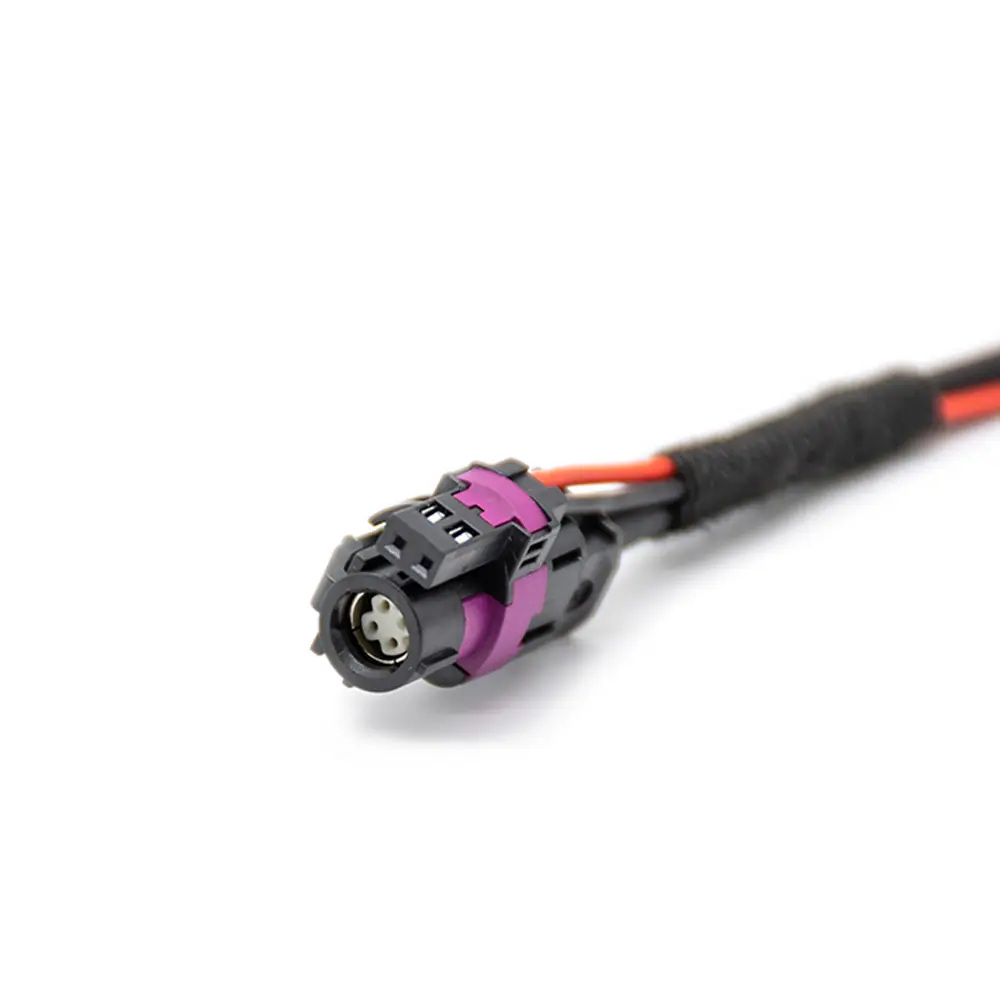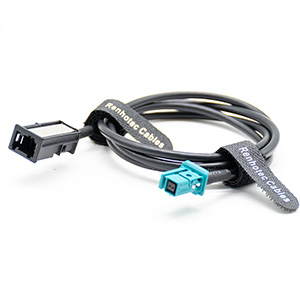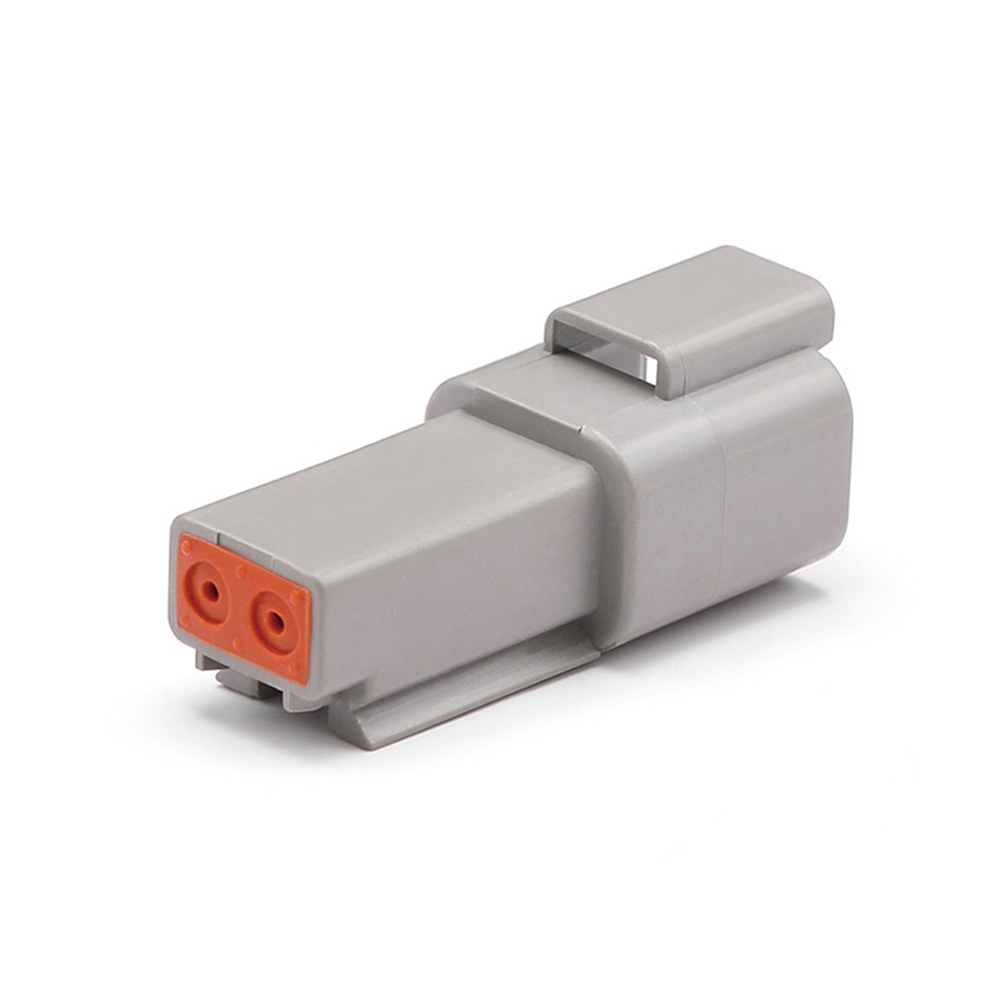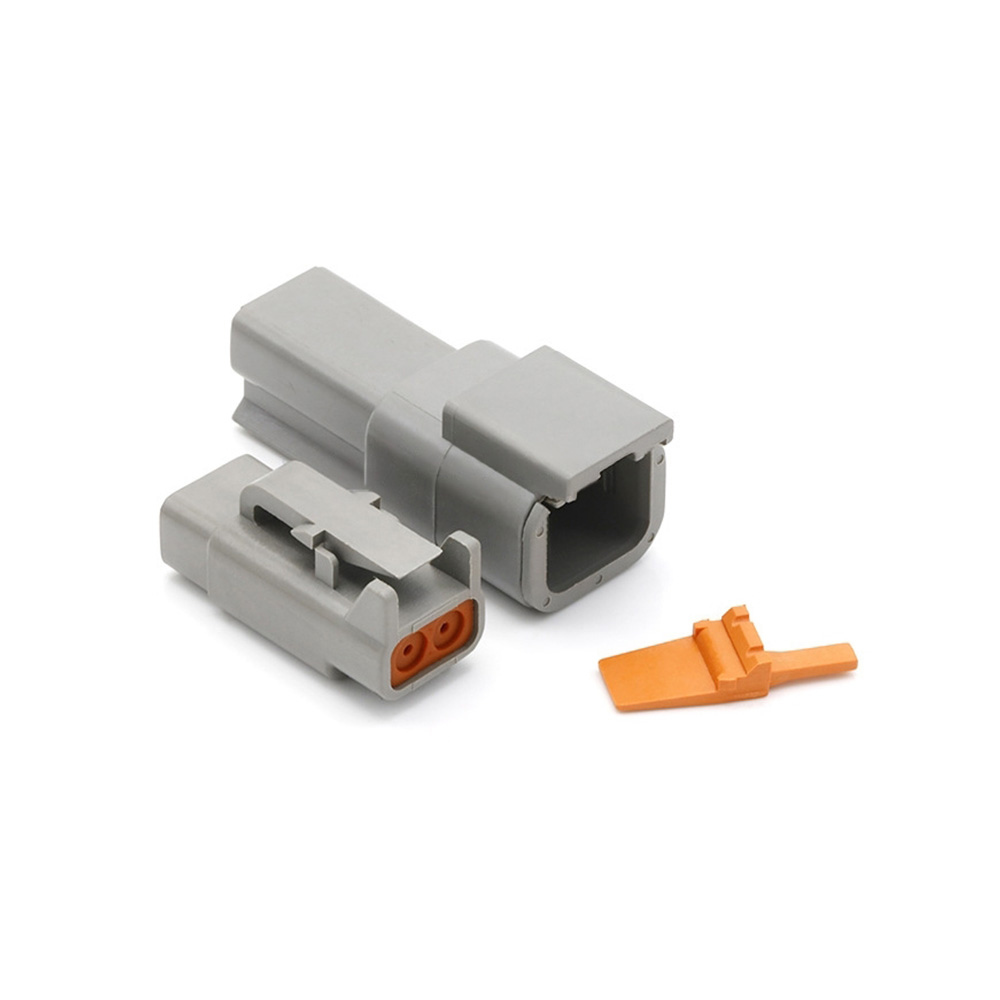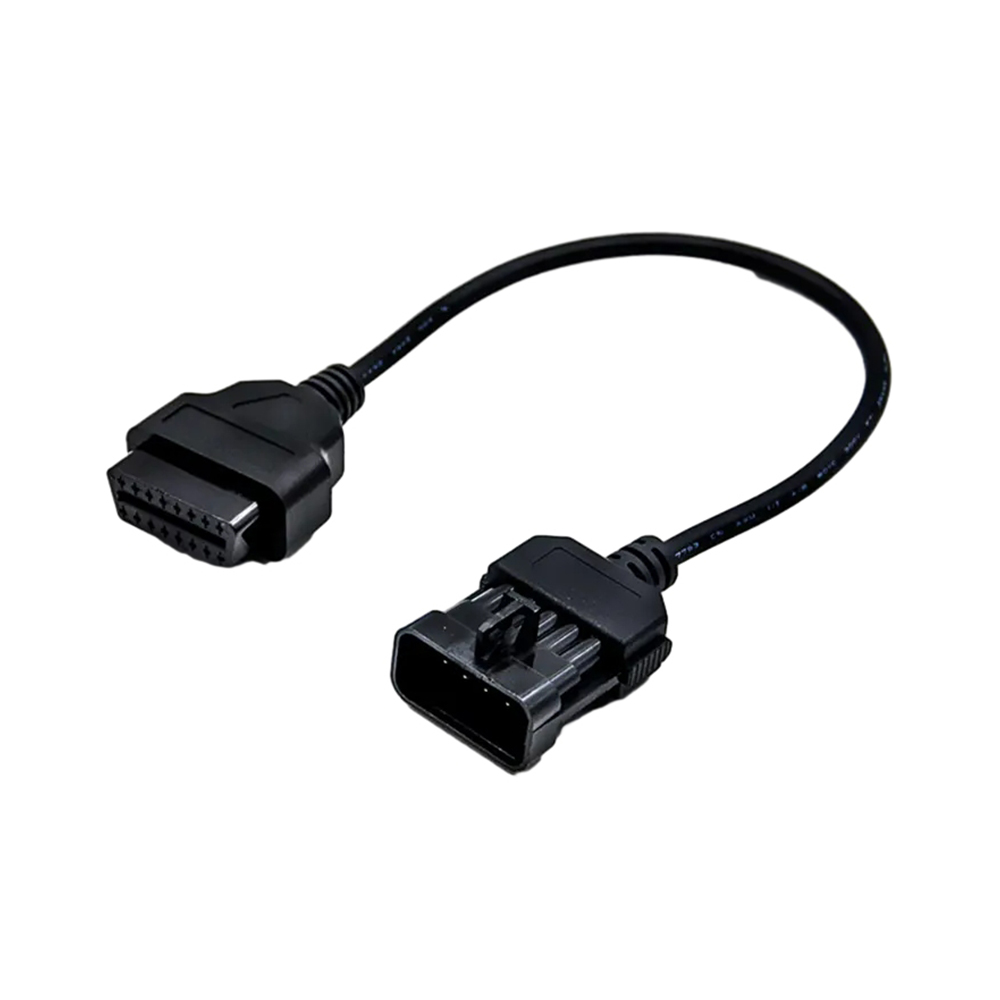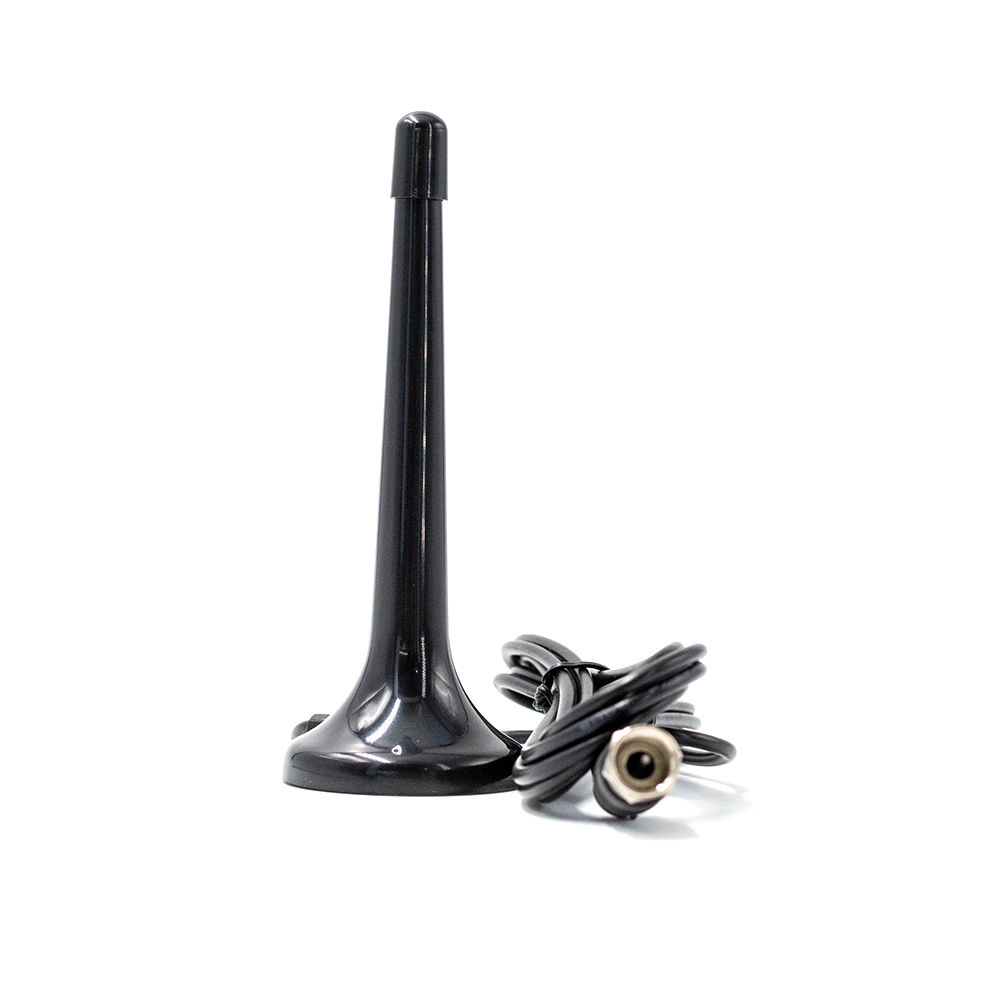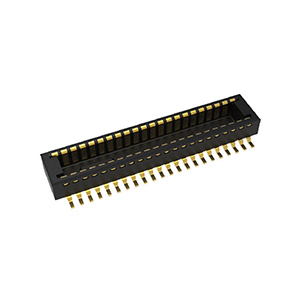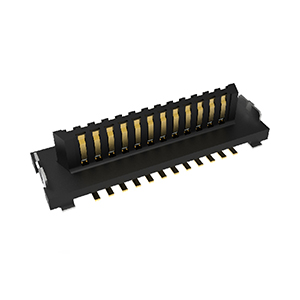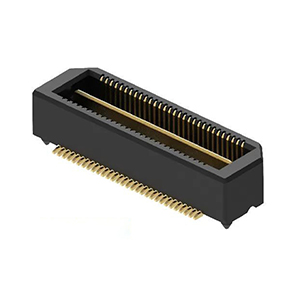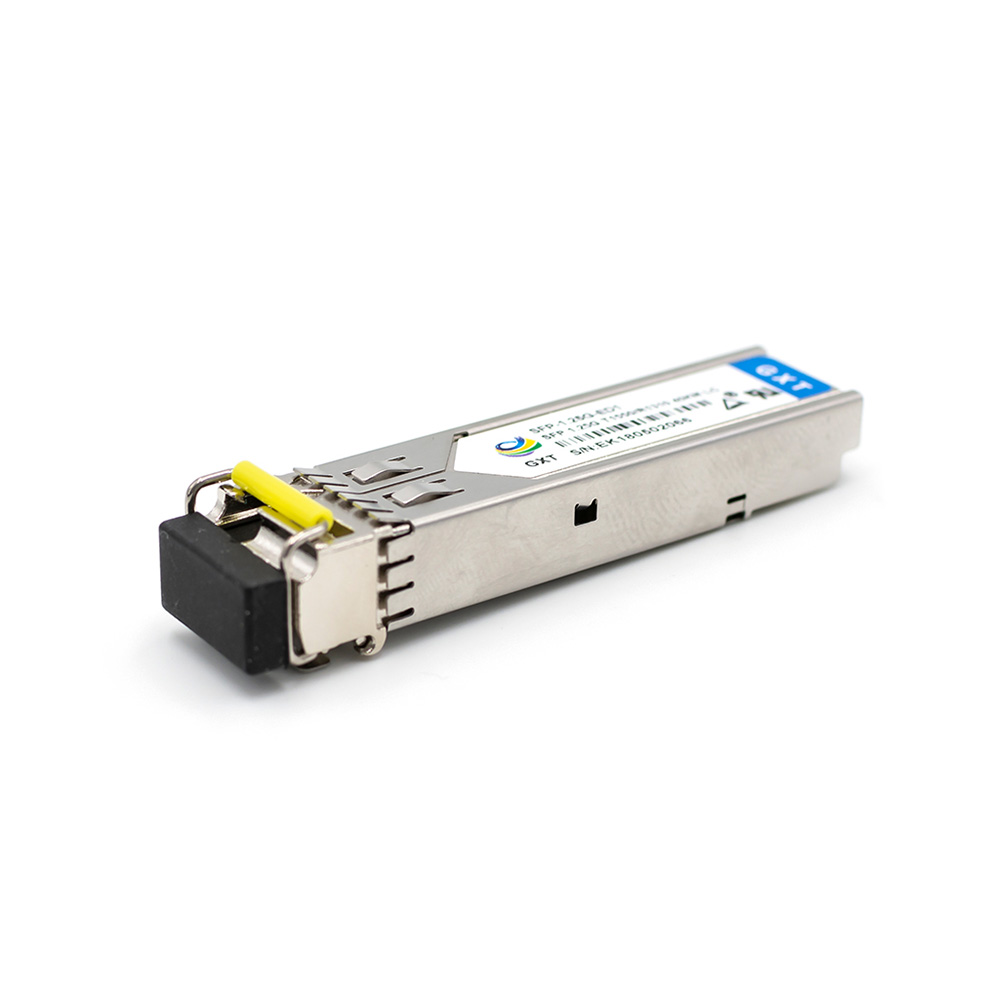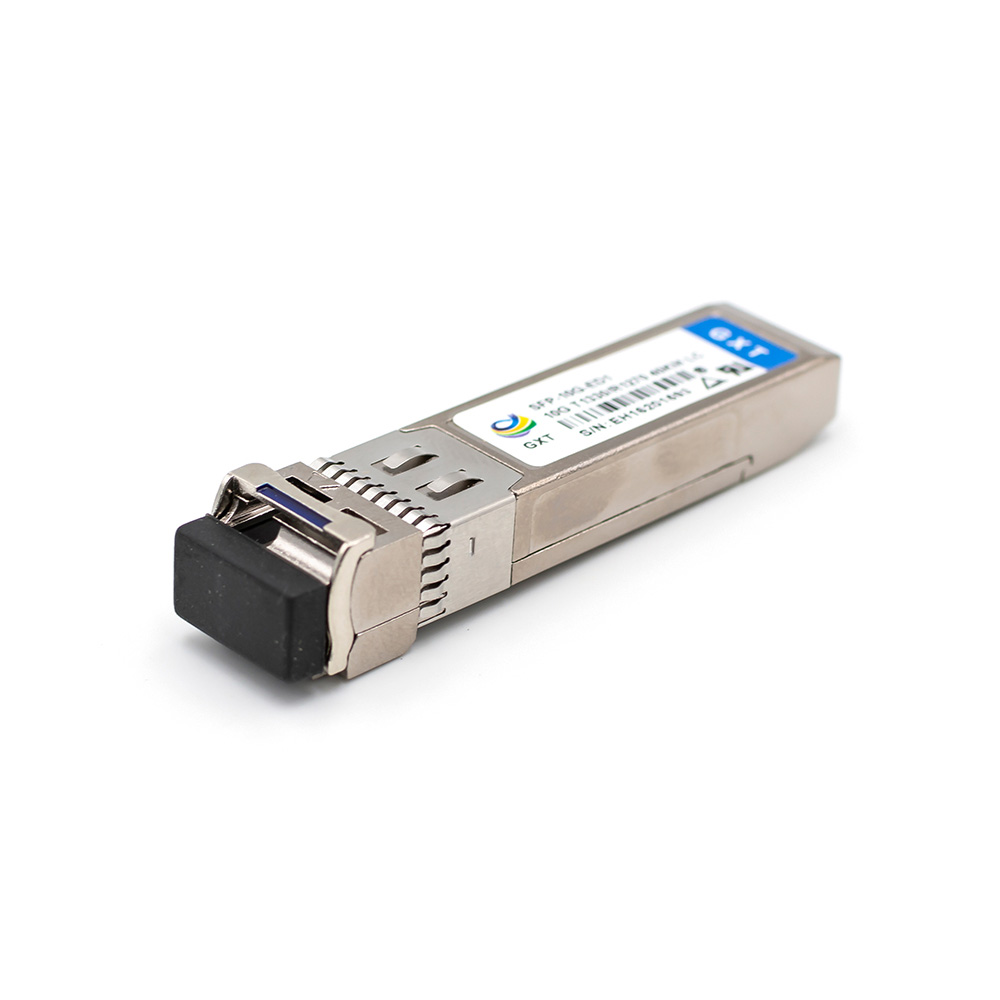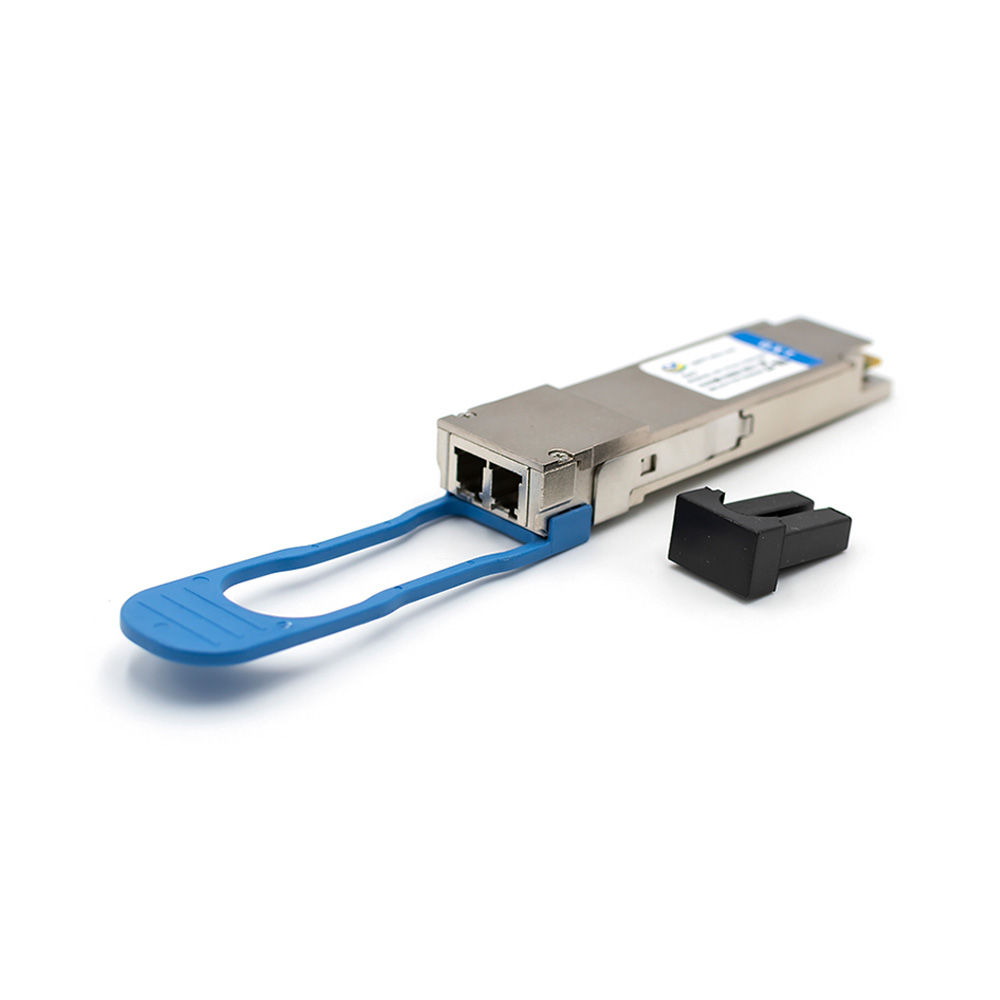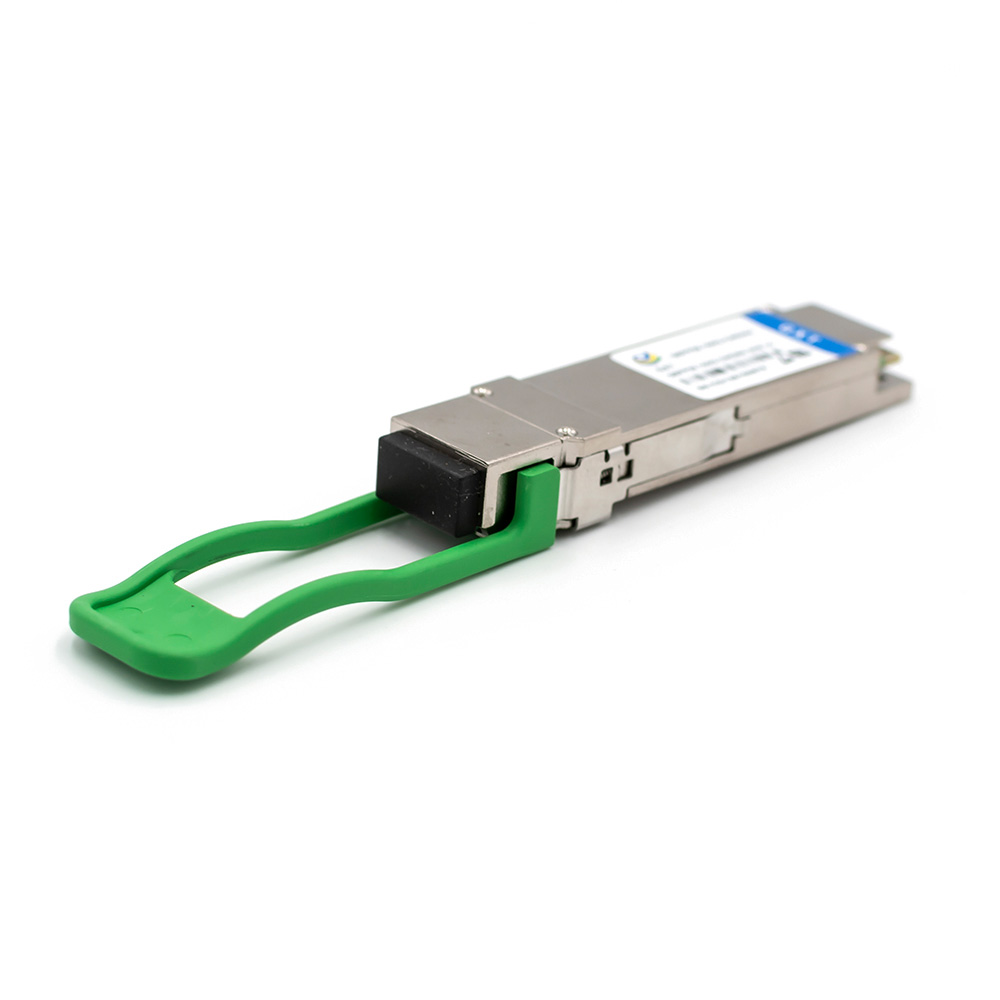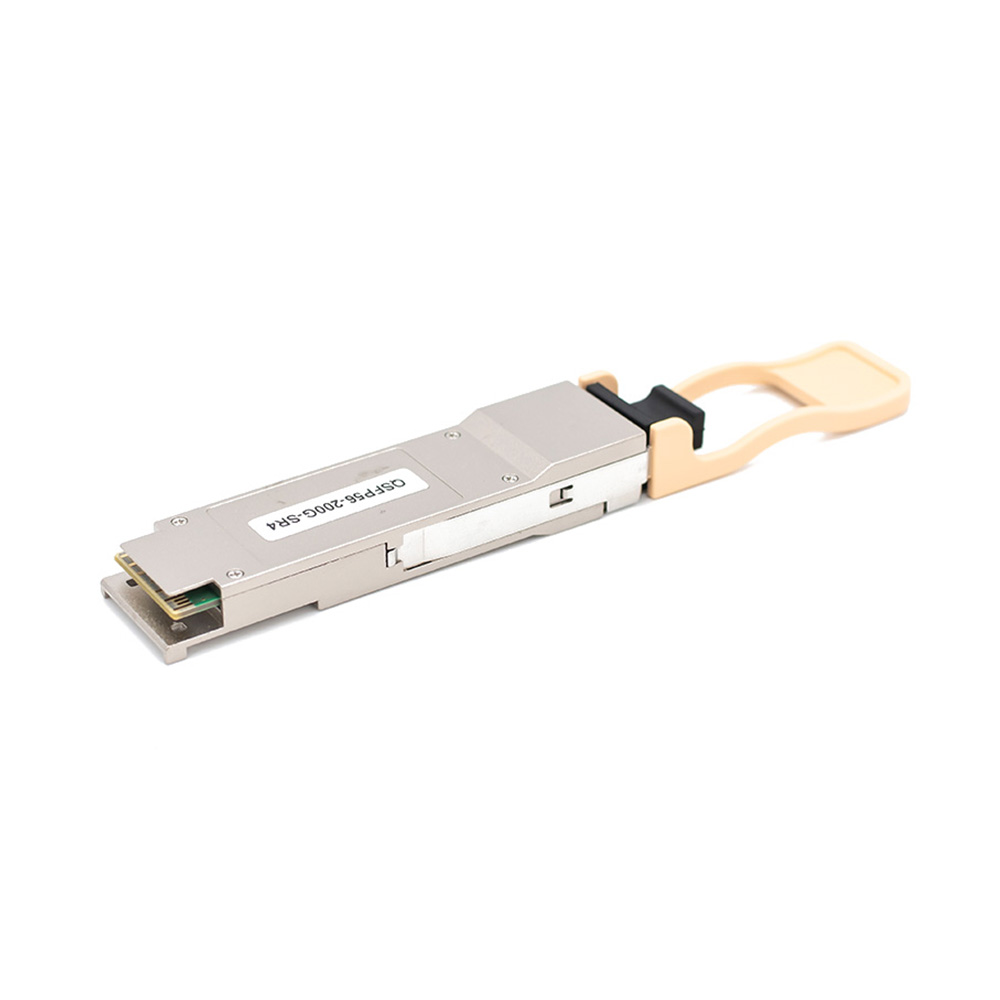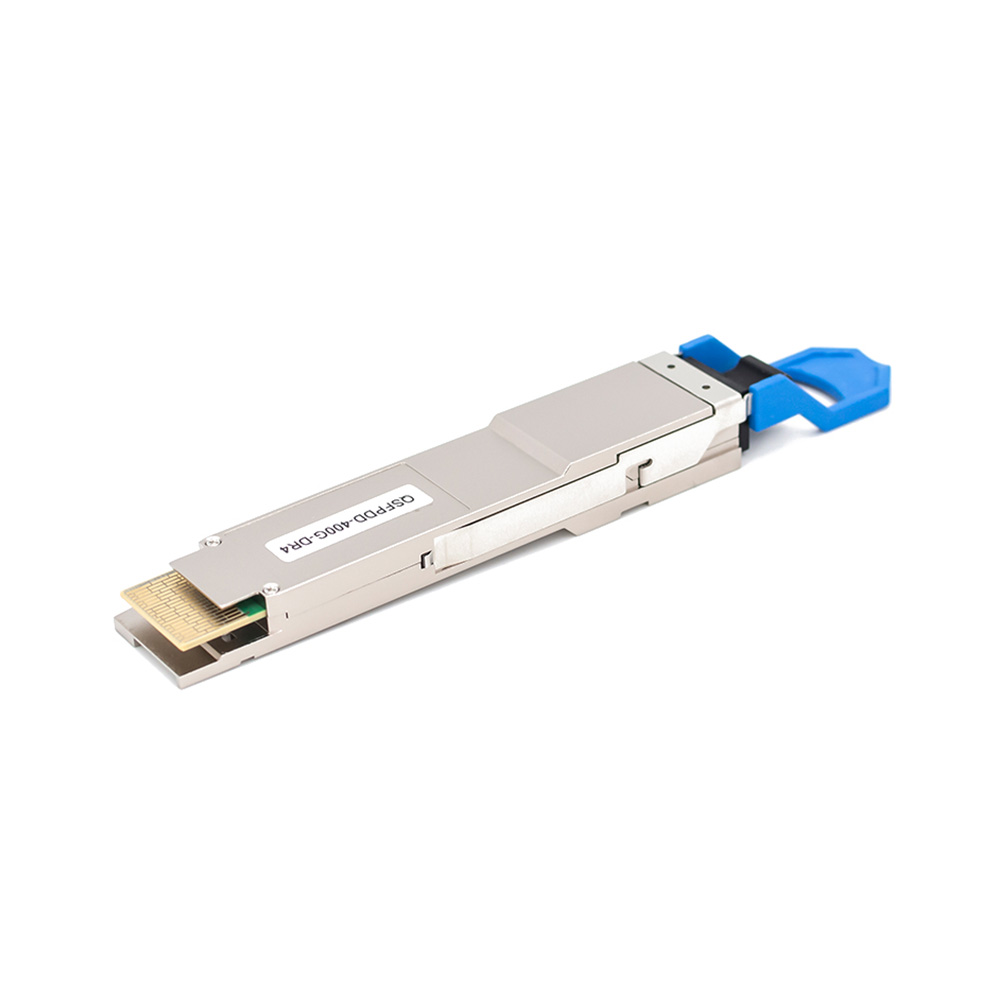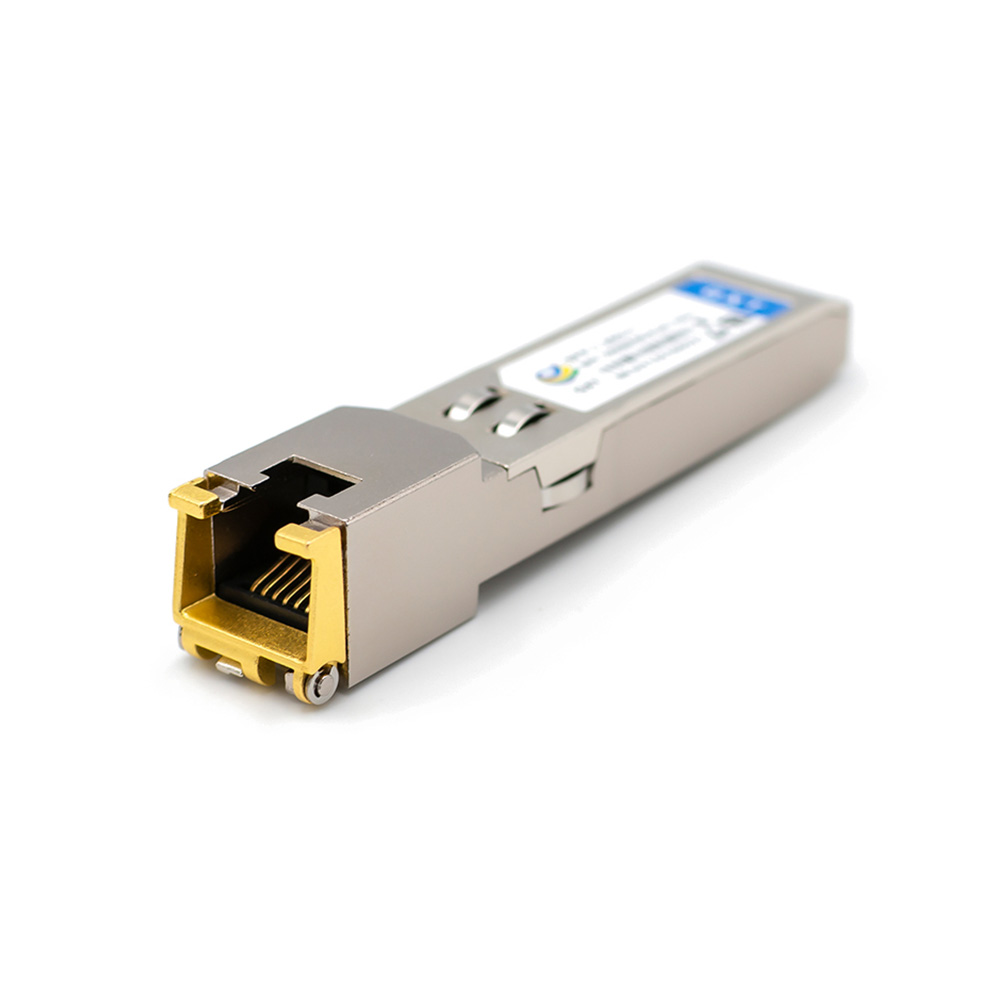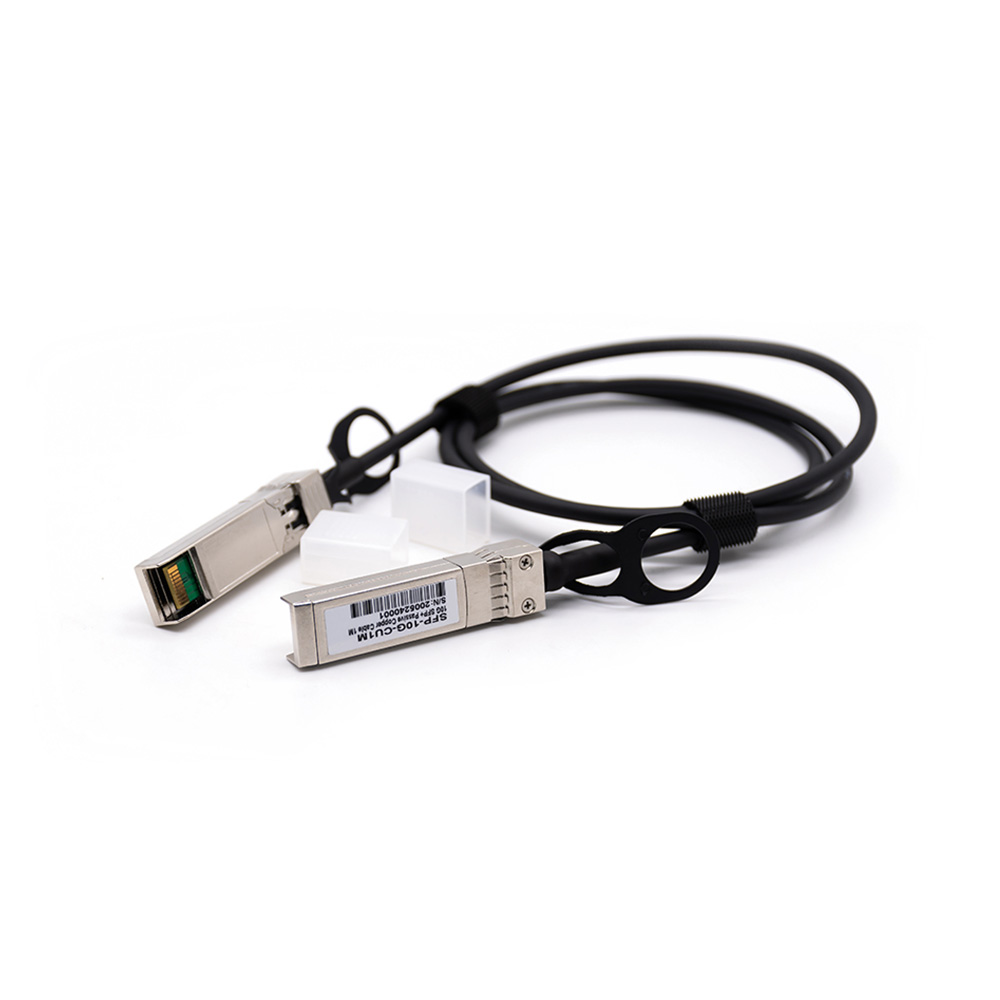In the field of electronics, high-frequency signals and low-frequency signals are two common types of signals, each with distinct characteristics and applications. Understanding the differences between high-frequency and low-frequency signals is crucial for the design and maintenance of electronic devices.
What Are High-Frequency and Low-Frequency Signals?
In electronics, signals are distinguished by their frequency, which refers to the number of cycles a waveform completes in one second, usually measured in Hertz (Hz). A higher frequency means faster oscillation of the waveform and shorter wavelength. High-frequency signals typically range from tens of kilohertz (kHz) to several gigahertz (GHz), while low-frequency signals usually range from a few Hertz to several hundred kilohertz.
Differences in Signal Characteristics
Transmission Distance: High-frequency signals experience greater attenuation during transmission due to their shorter wavelength. As a result, they are more affected by environmental factors and interference. In contrast, low-frequency signals, with their longer wavelength, can transmit over longer distances with less attenuation, making them more suitable for long-range transmission.
Penetration Ability: Low-frequency signals have better penetration capabilities, allowing them to pass through obstacles such as walls and buildings more effectively. High-frequency signals, on the other hand, are more easily blocked by physical barriers, limiting their penetration ability.
Equipment Cost and Complexity: High-frequency signals require more sophisticated equipment for transmission and processing, making the associated devices more expensive. These devices often need high precision and complex designs. In contrast, low-frequency signals require simpler and more affordable equipment, which is easier to manufacture and maintain.
Interference Resistance: High-frequency signals are more susceptible to external electromagnetic interference, which can degrade signal quality or cause distortion. When designing high-frequency systems, special attention must be given to interference resistance, such as using shielding, filtering, and encryption. Low-frequency signals are less prone to interference, which makes them more stable and reliable in many applications.
Applications of High-Frequency and Low-Frequency Signals
The distinct characteristics of high-frequency and low-frequency signals make them suitable for different applications. Here are some common uses for each:
Applications of High-Frequency Signals
Wireless Communication: High-frequency signals are widely used in wireless communication technologies such as mobile phone signals, Wi-Fi, and Bluetooth. Their ability to transmit large amounts of data quickly makes them ideal for modern communication systems.
Satellite Communication: High-frequency signals (e.g., Ku-band, Ka-band) are essential in satellite communication systems, allowing for long-distance data transmission between satellites and ground stations.
Radar Technology: High-frequency signals are used in radar systems to detect objects, measure their distance, and track their speed. These signals offer high precision and are used in military, aviation, weather, and navigation applications.

Medical Imaging: In medical imaging, high-frequency sound waves (such as in ultrasound) are used to generate detailed images of internal organs and tissues. These signals provide high-resolution imaging, which is critical in diagnostic applications.
Applications of Low-Frequency Signals
Audio Signal Processing: Low-frequency signals are commonly used in audio technologies, as the human audible range of sound typically falls between 20 Hz and 20,000 Hz. Audio signals are transmitted and processed for music, broadcasting, and sound recording.
Power Transmission: The electrical power transmission grid operates on low-frequency signals, typically at 50 Hz or 60 Hz, to deliver electricity over long distances to homes, industries, and commercial facilities.
Sensor Control Systems: Low-frequency signals are often used in sensor control systems, such as temperature sensors, pressure sensors, and other industrial monitoring devices. These systems typically require slower, more stable signals for their operation.
Conclusion
High-frequency and low-frequency signals have distinct characteristics and applications in electronic systems. High-frequency signals are used in applications requiring high-speed data transmission and precision detection, such as wireless communication, satellite communication, radar, and medical imaging. Low-frequency signals, on the other hand, are more suitable for long-distance transmission, cost-effective devices, and applications such as audio processing, power transmission, and sensor control.
Understanding the differences between high-frequency and low-frequency signals is crucial for making informed decisions in the design and selection of electronic systems. By choosing the appropriate signal type based on specific needs and environmental conditions, system performance, stability, and reliability can be optimized for different use cases.

